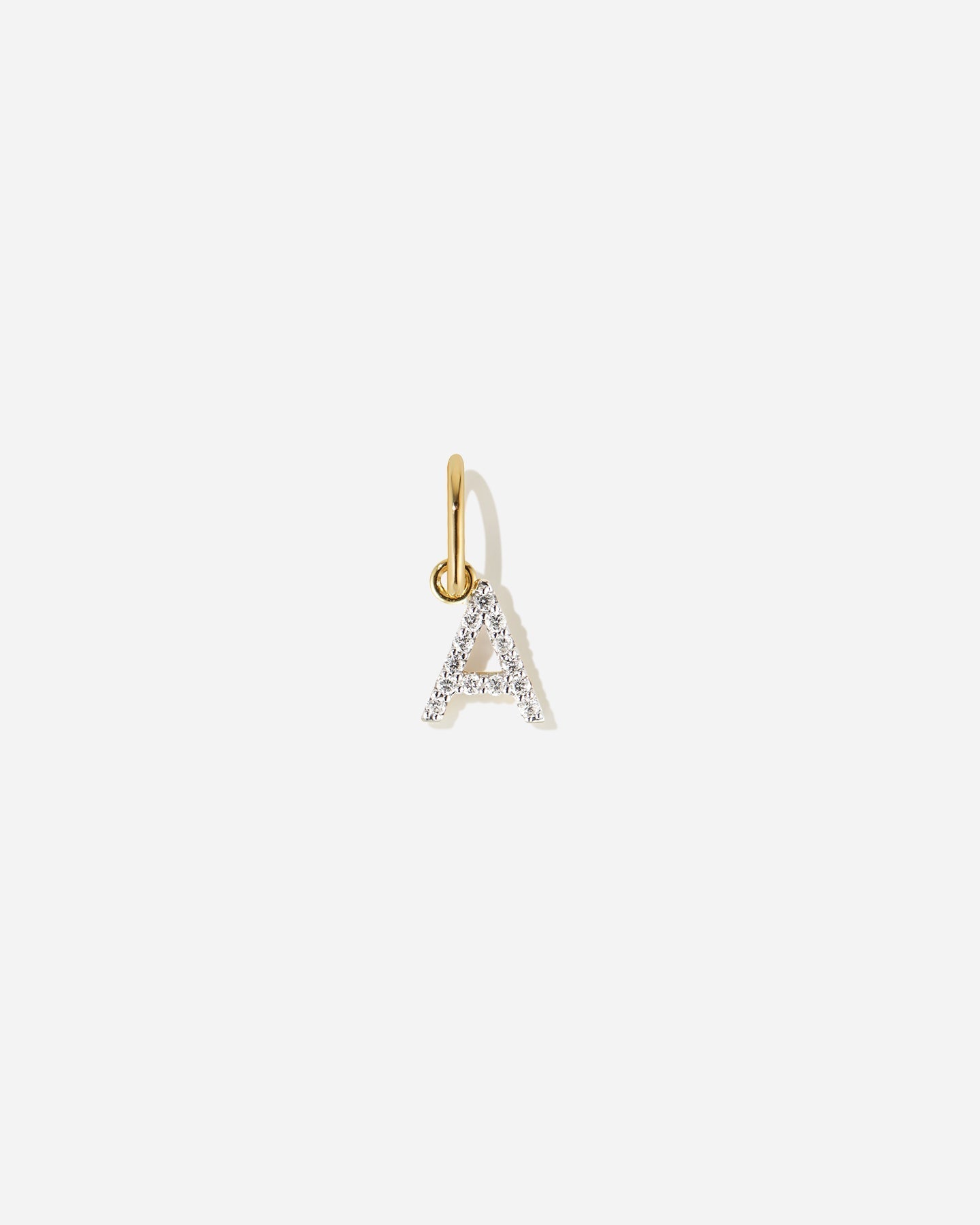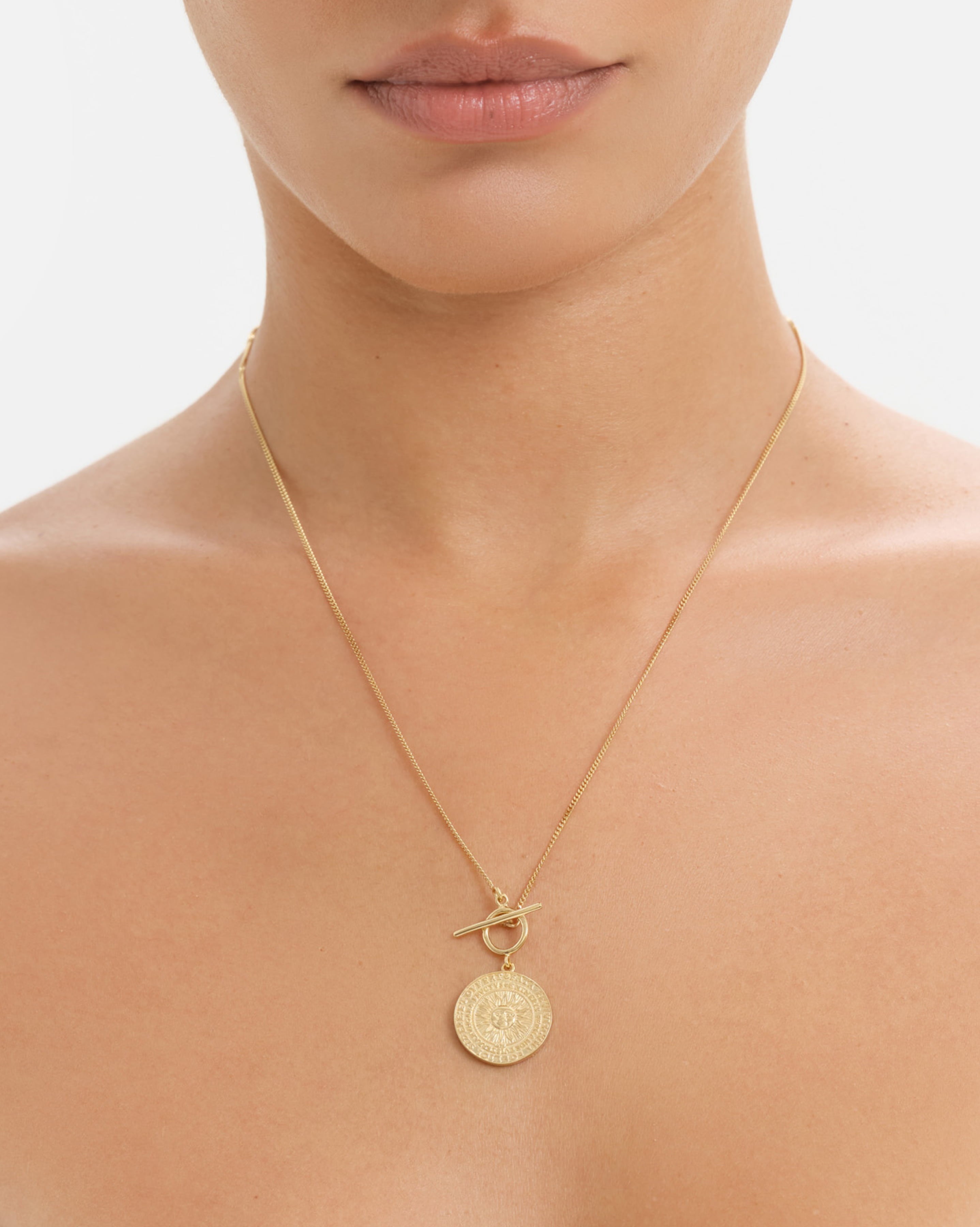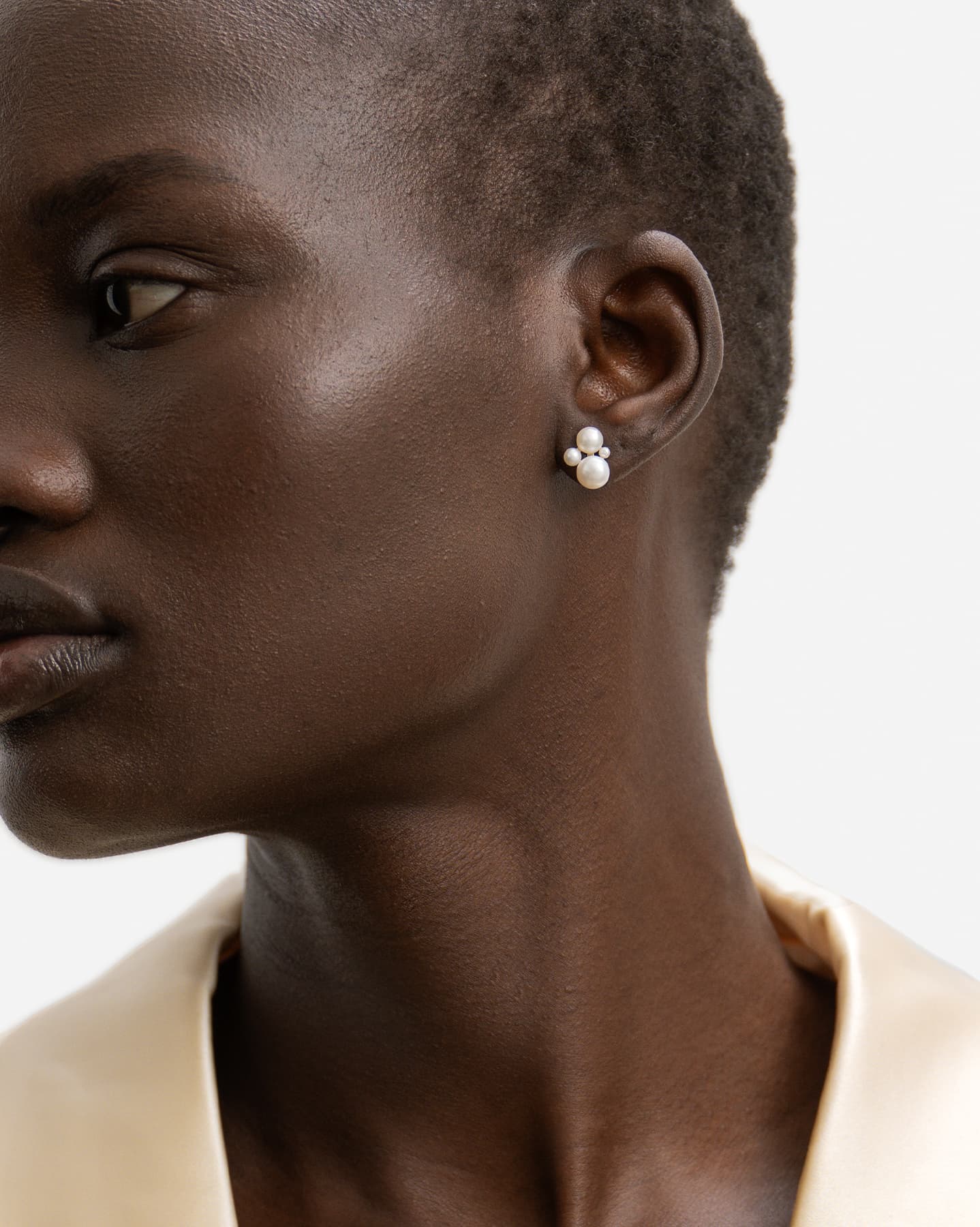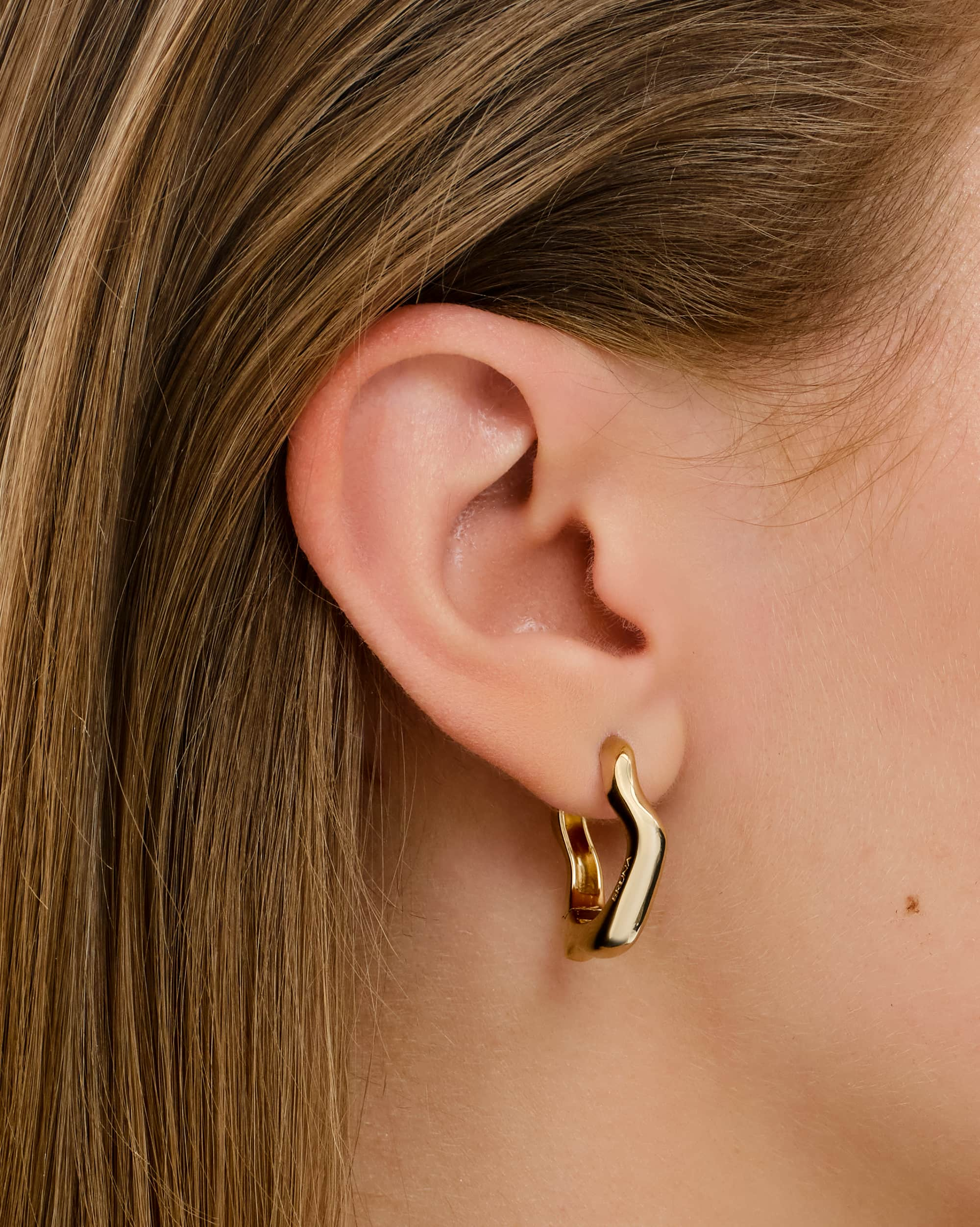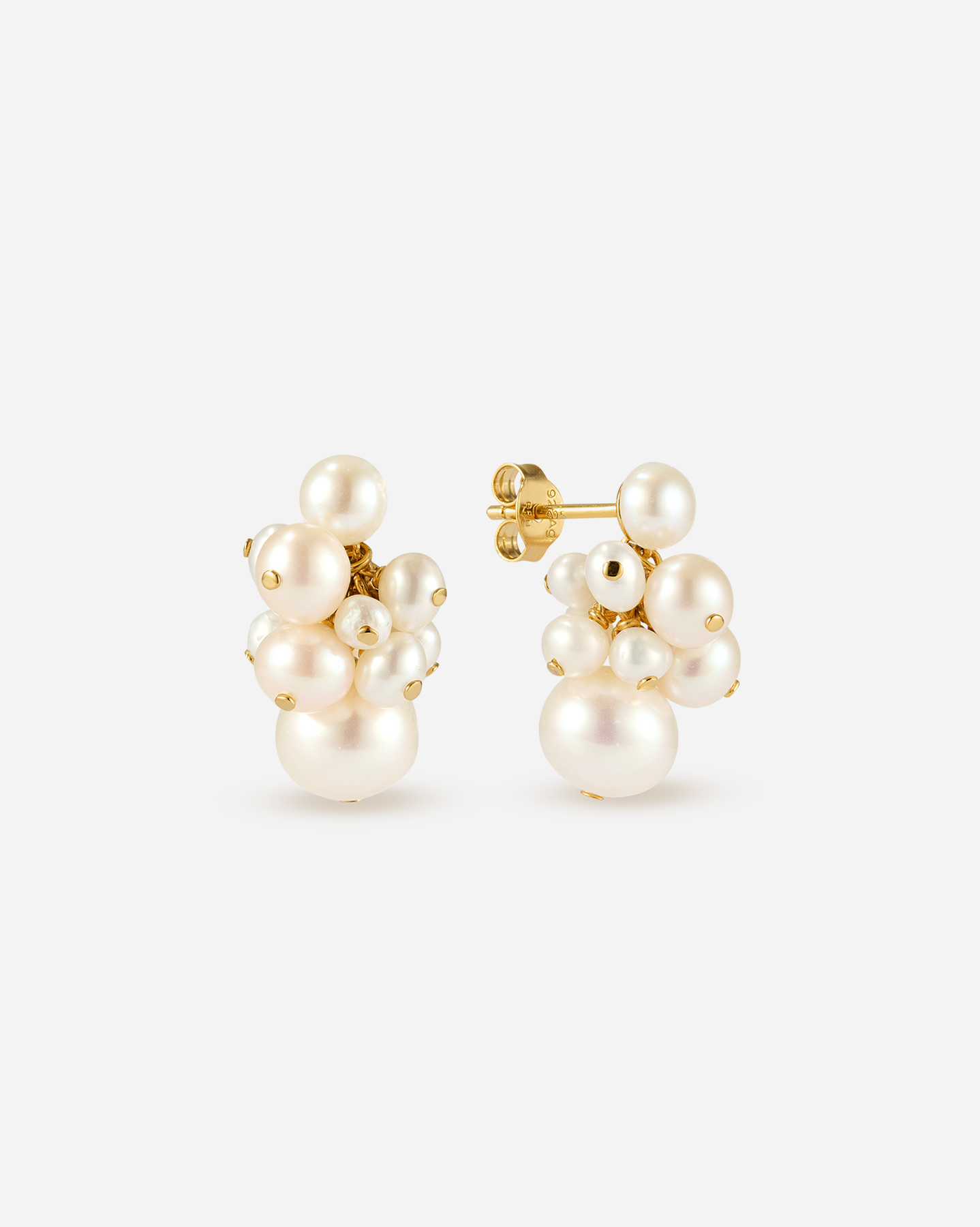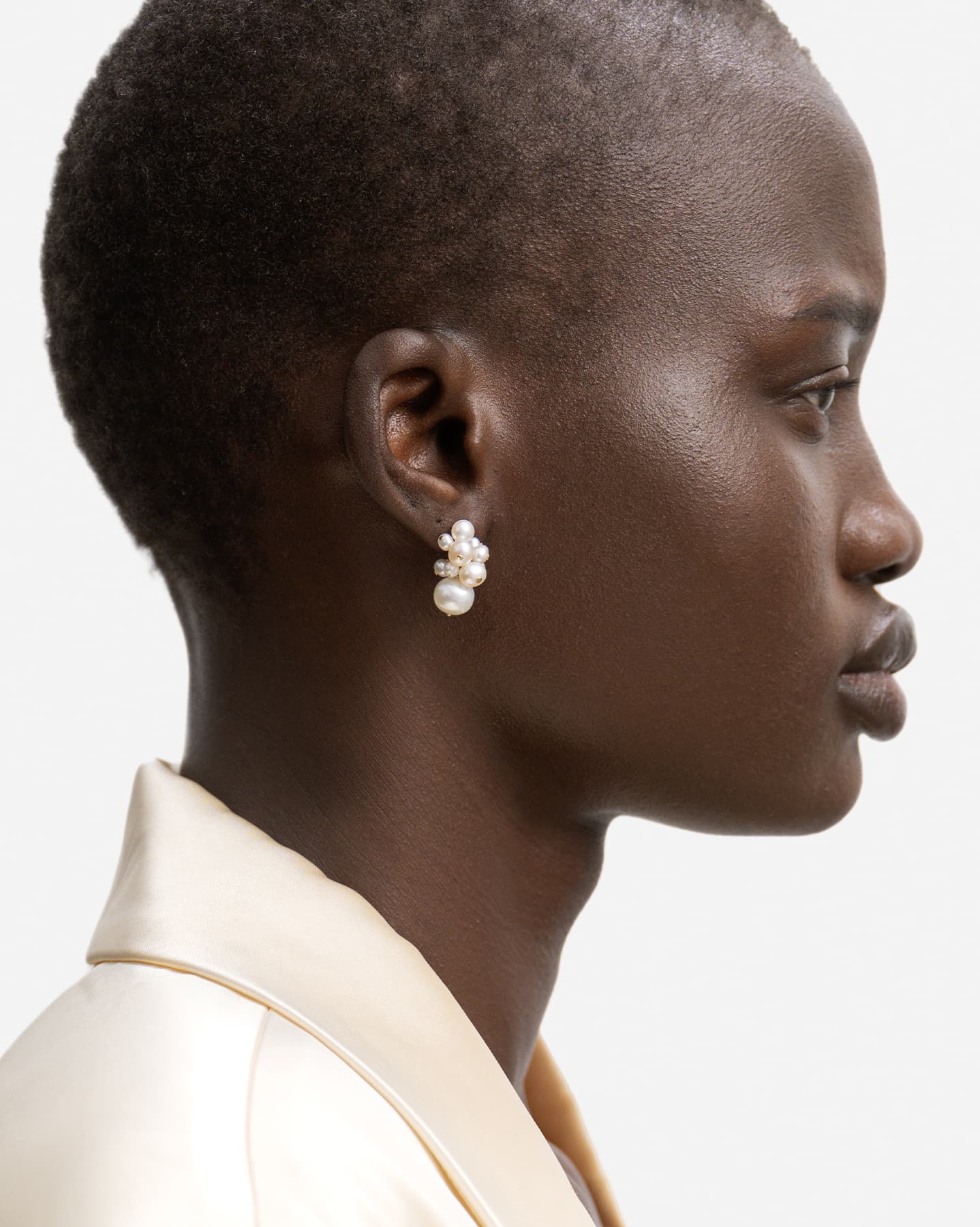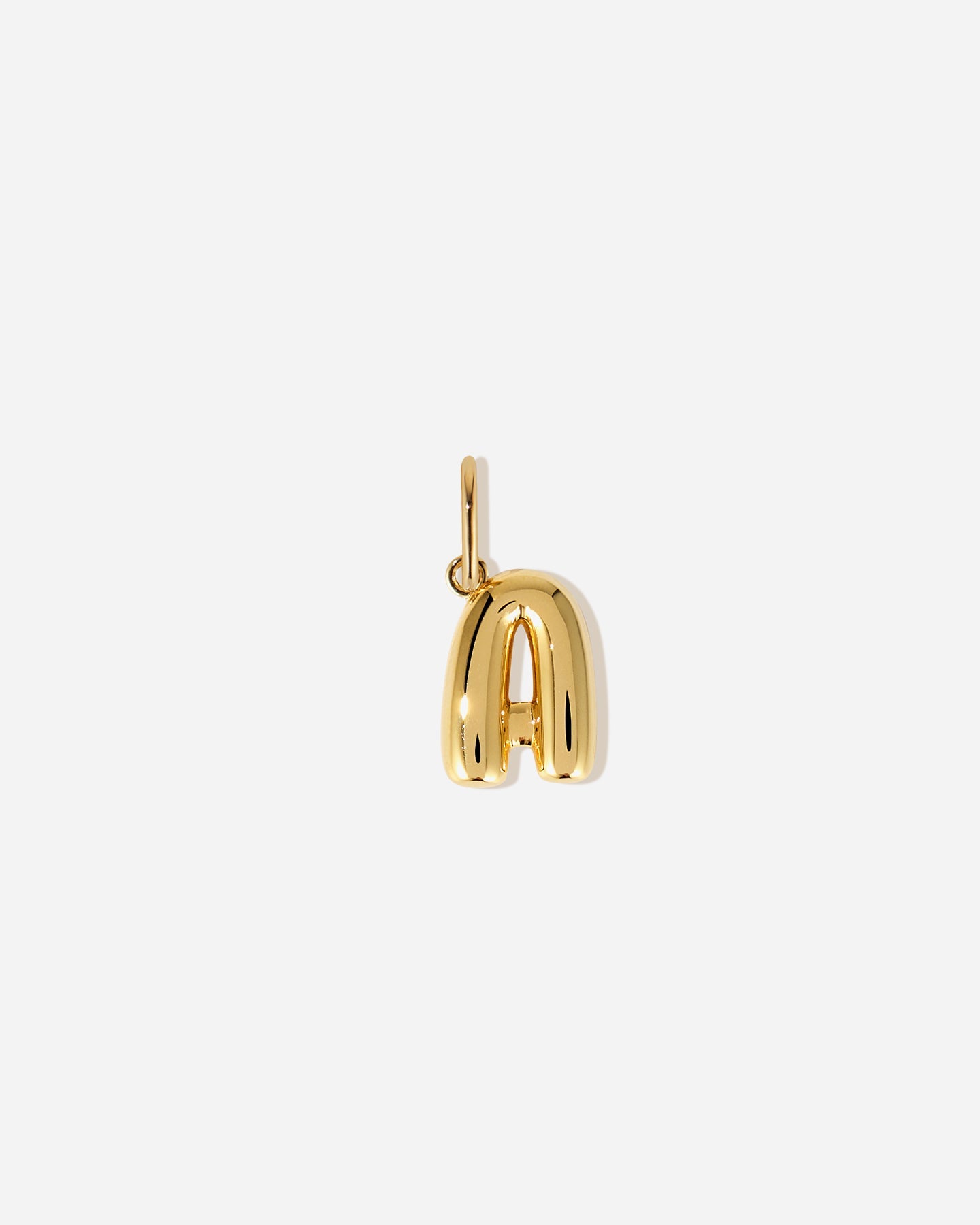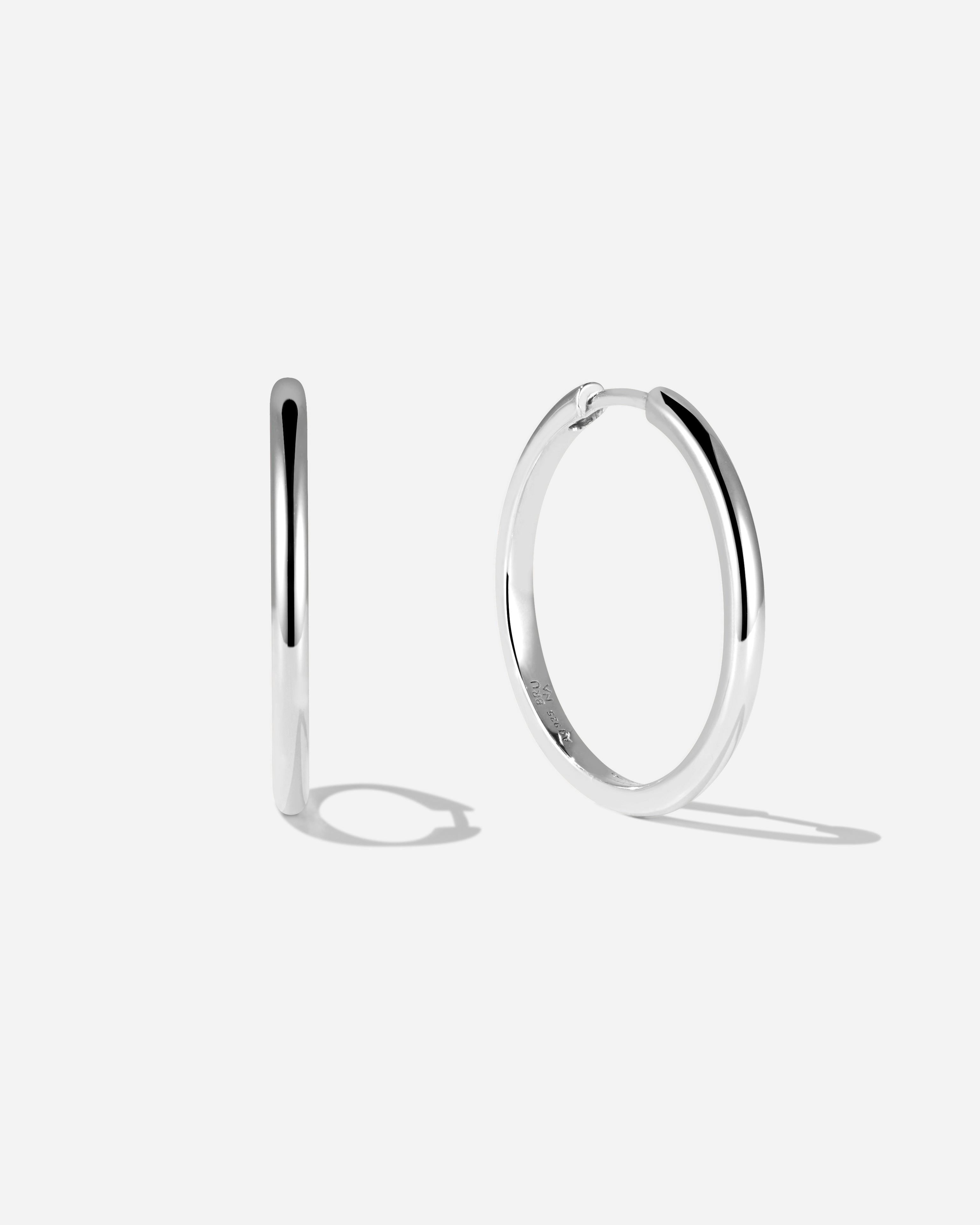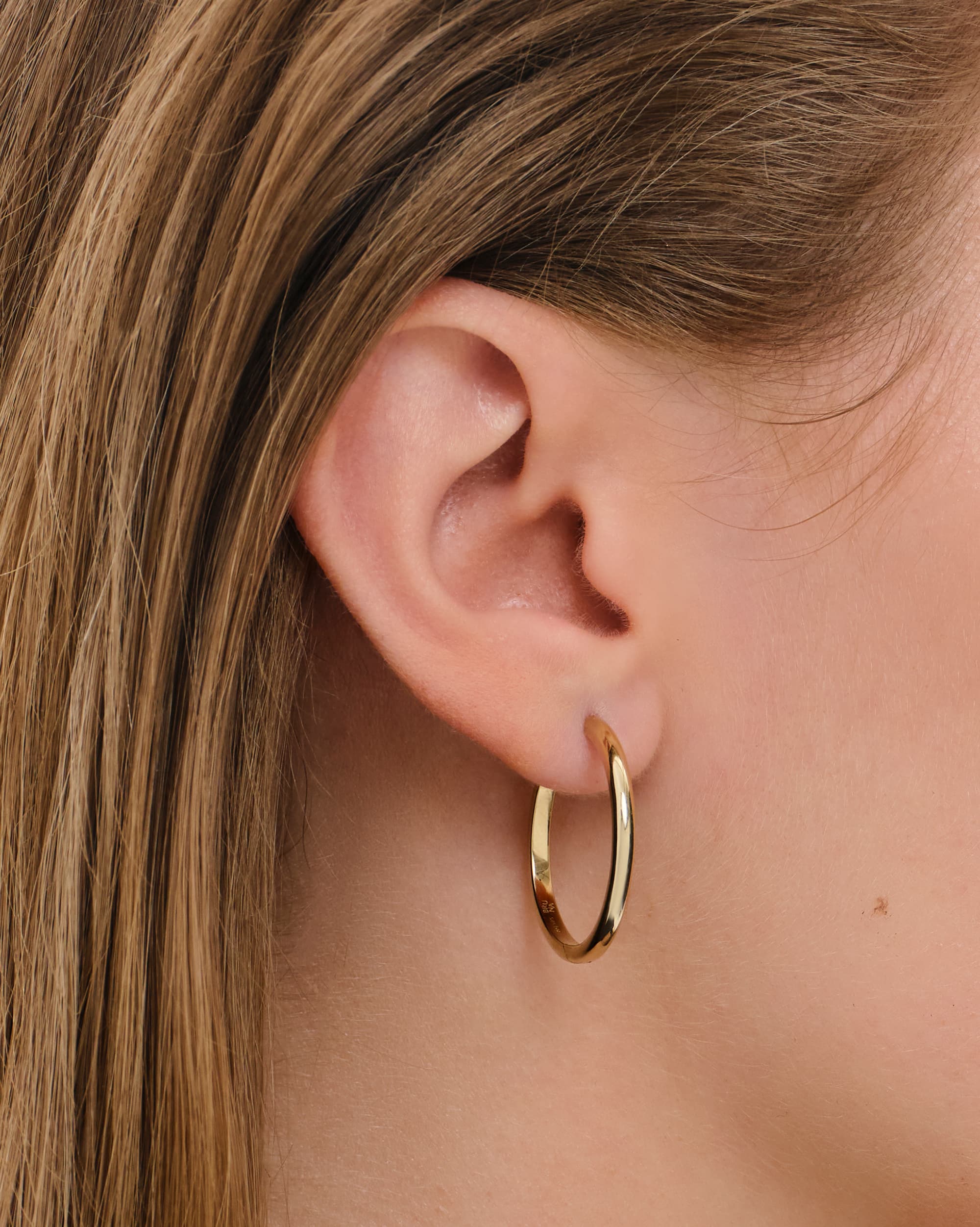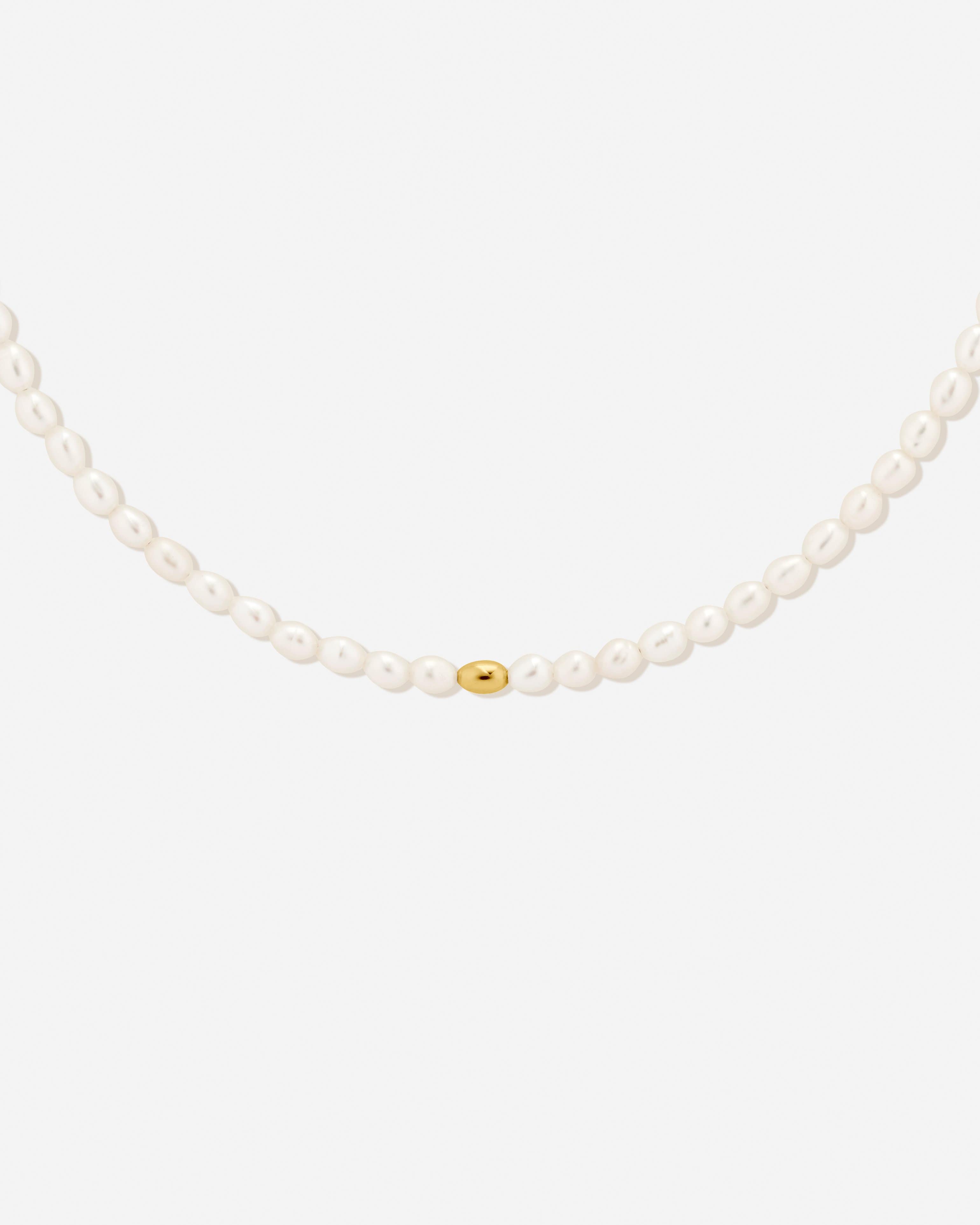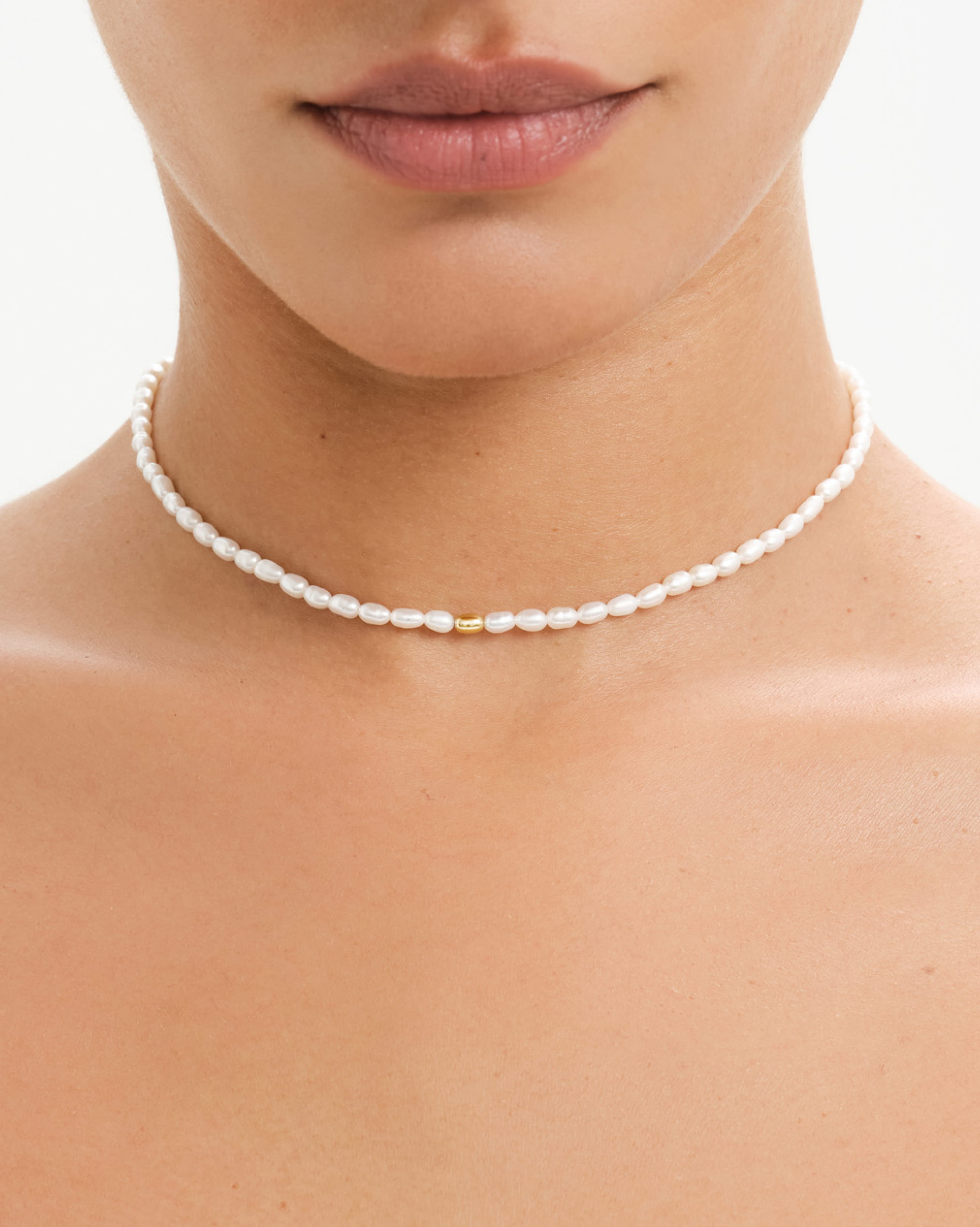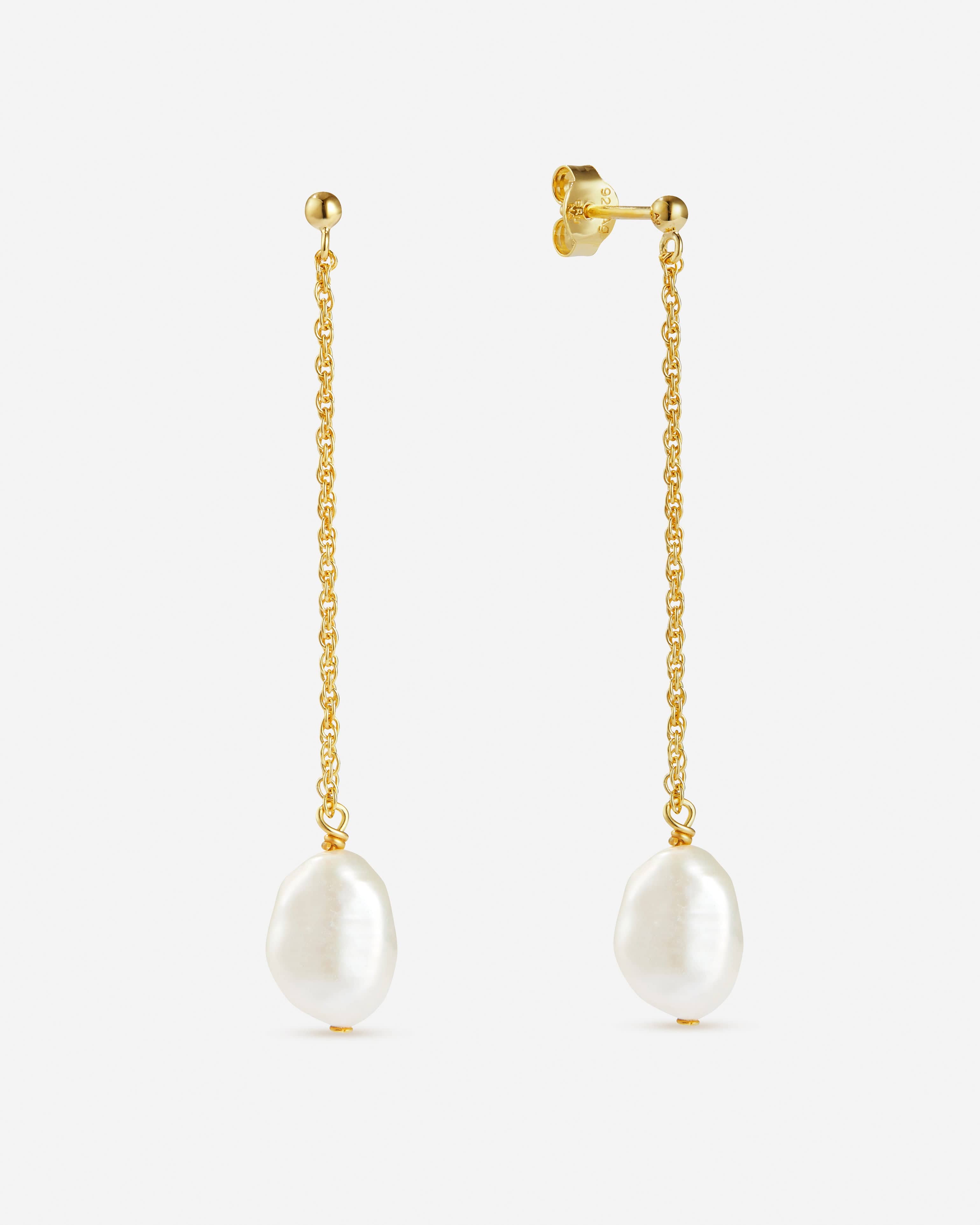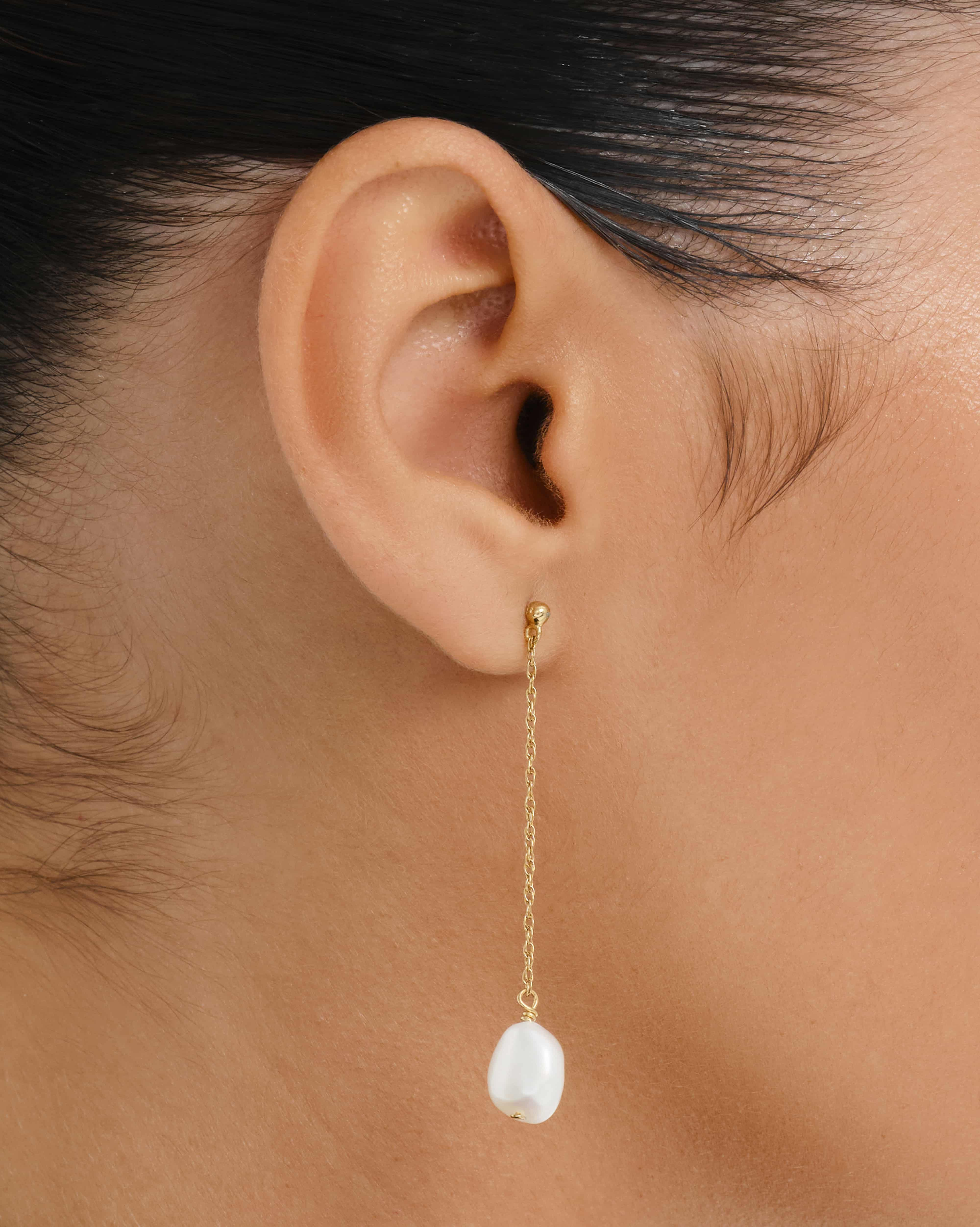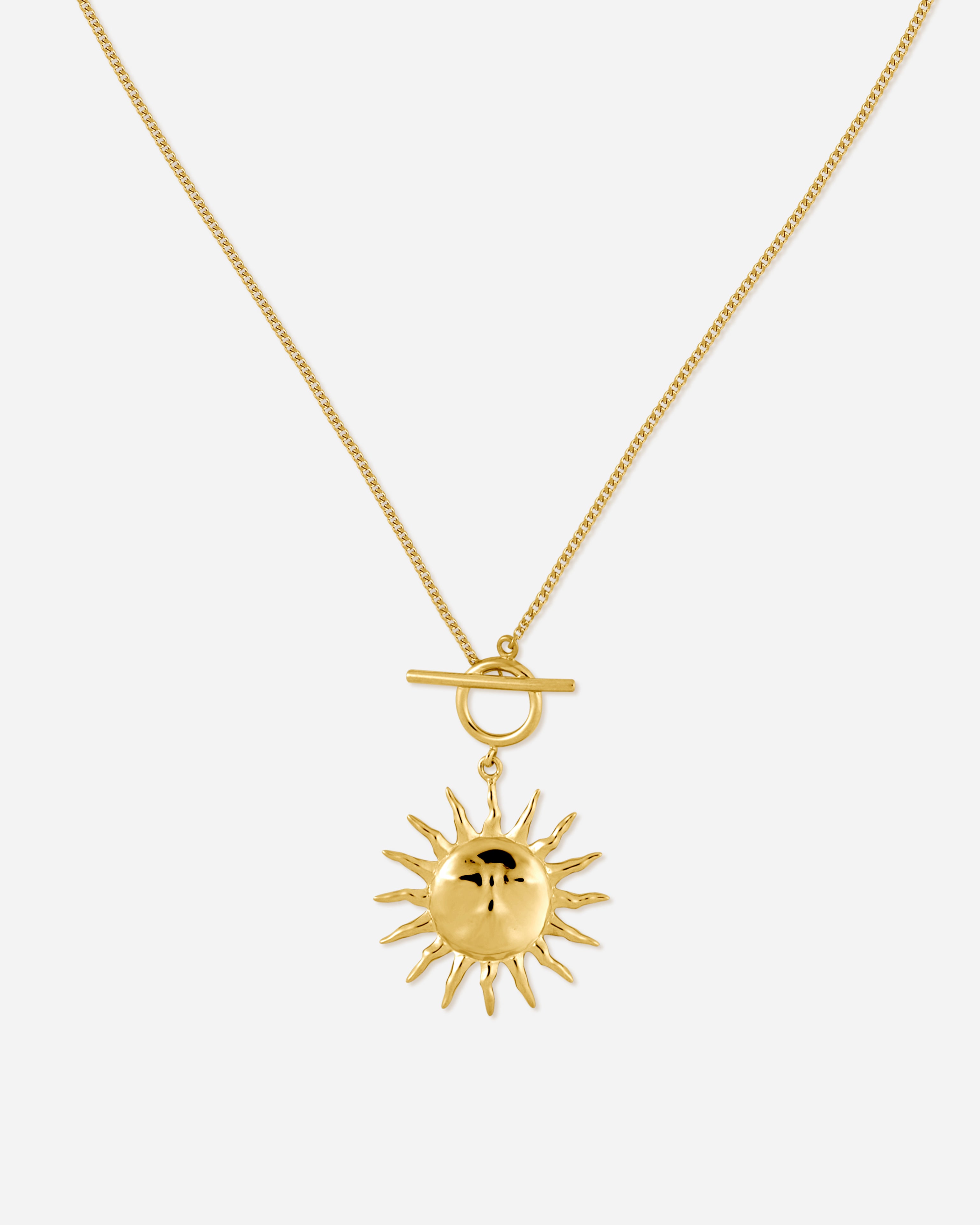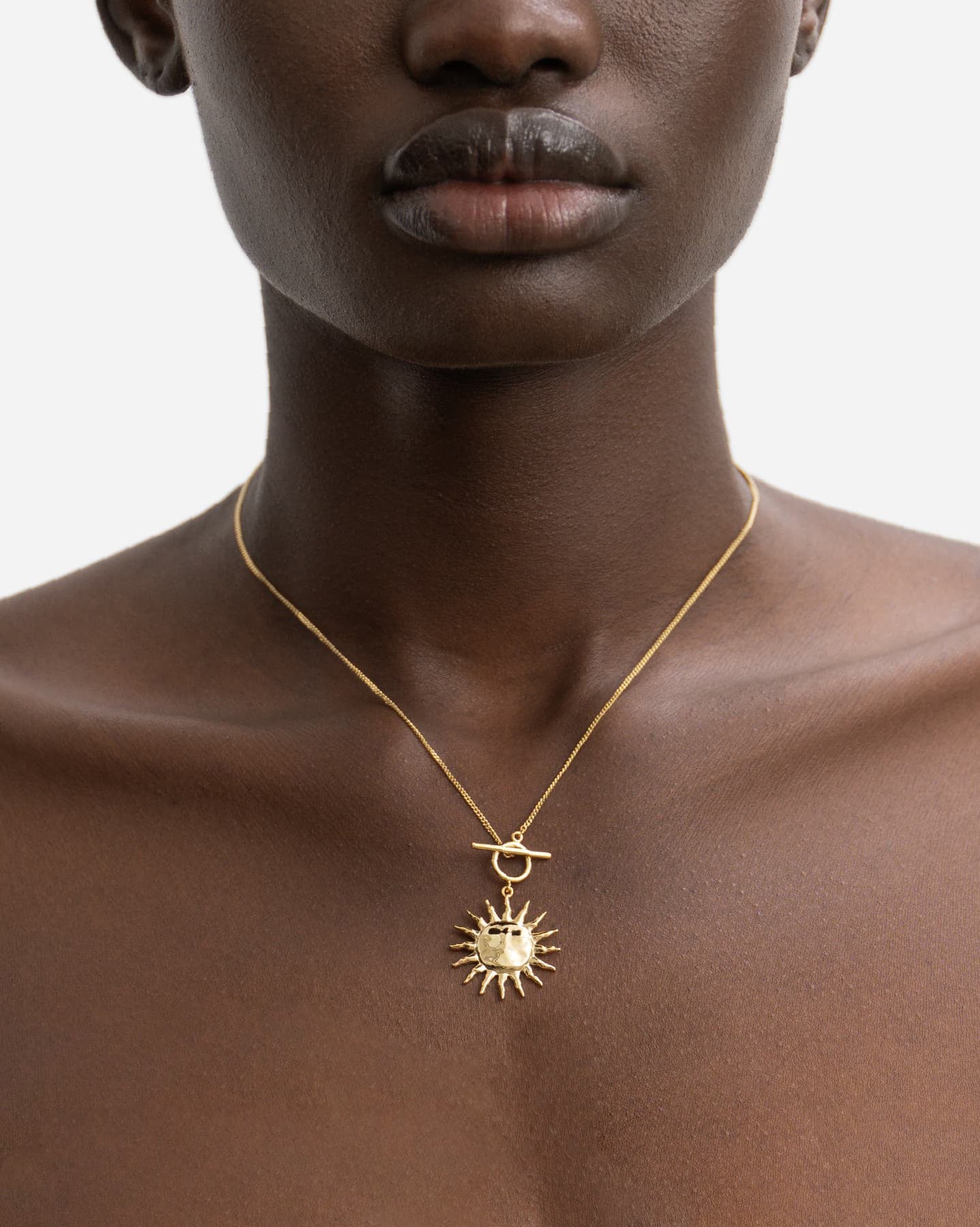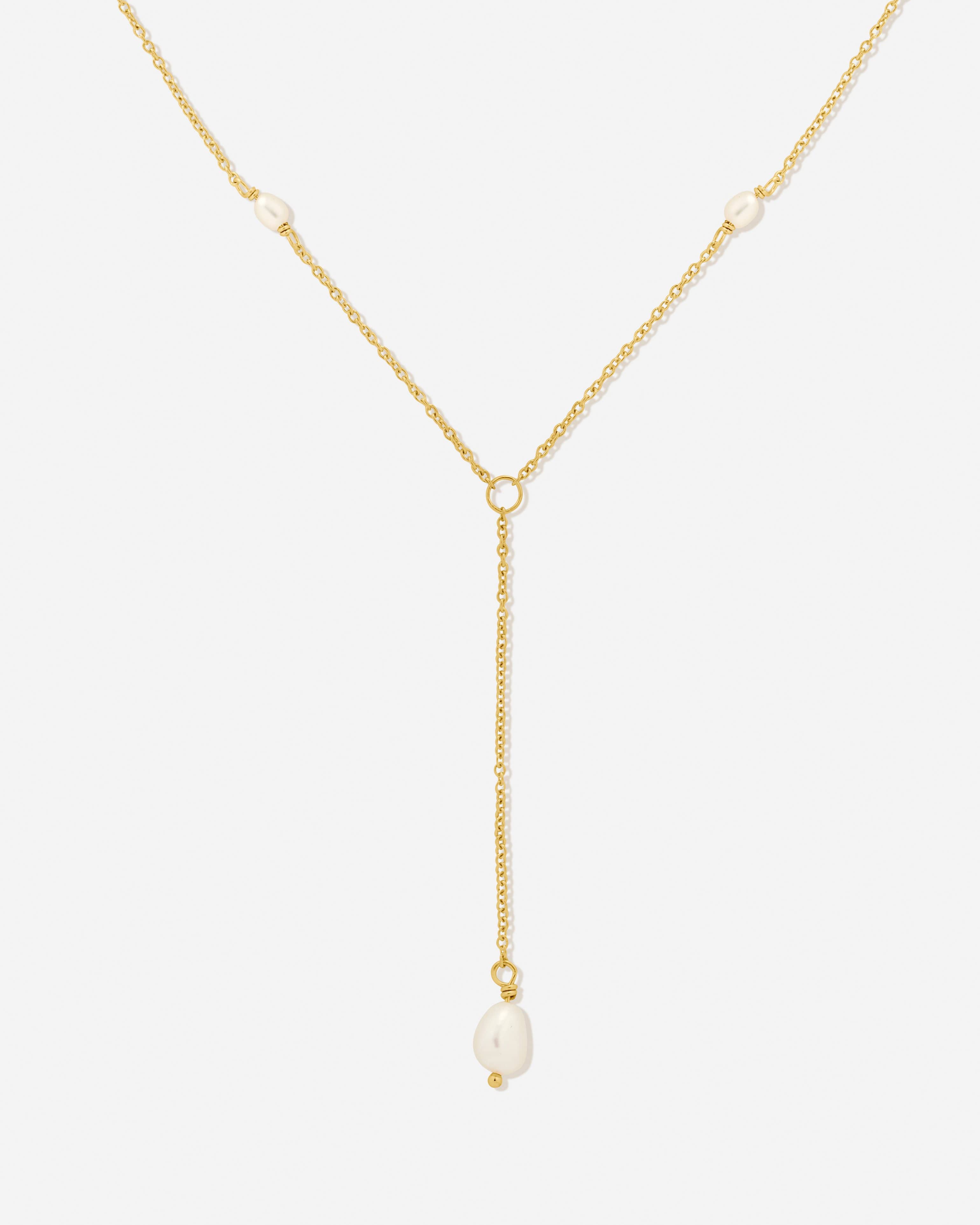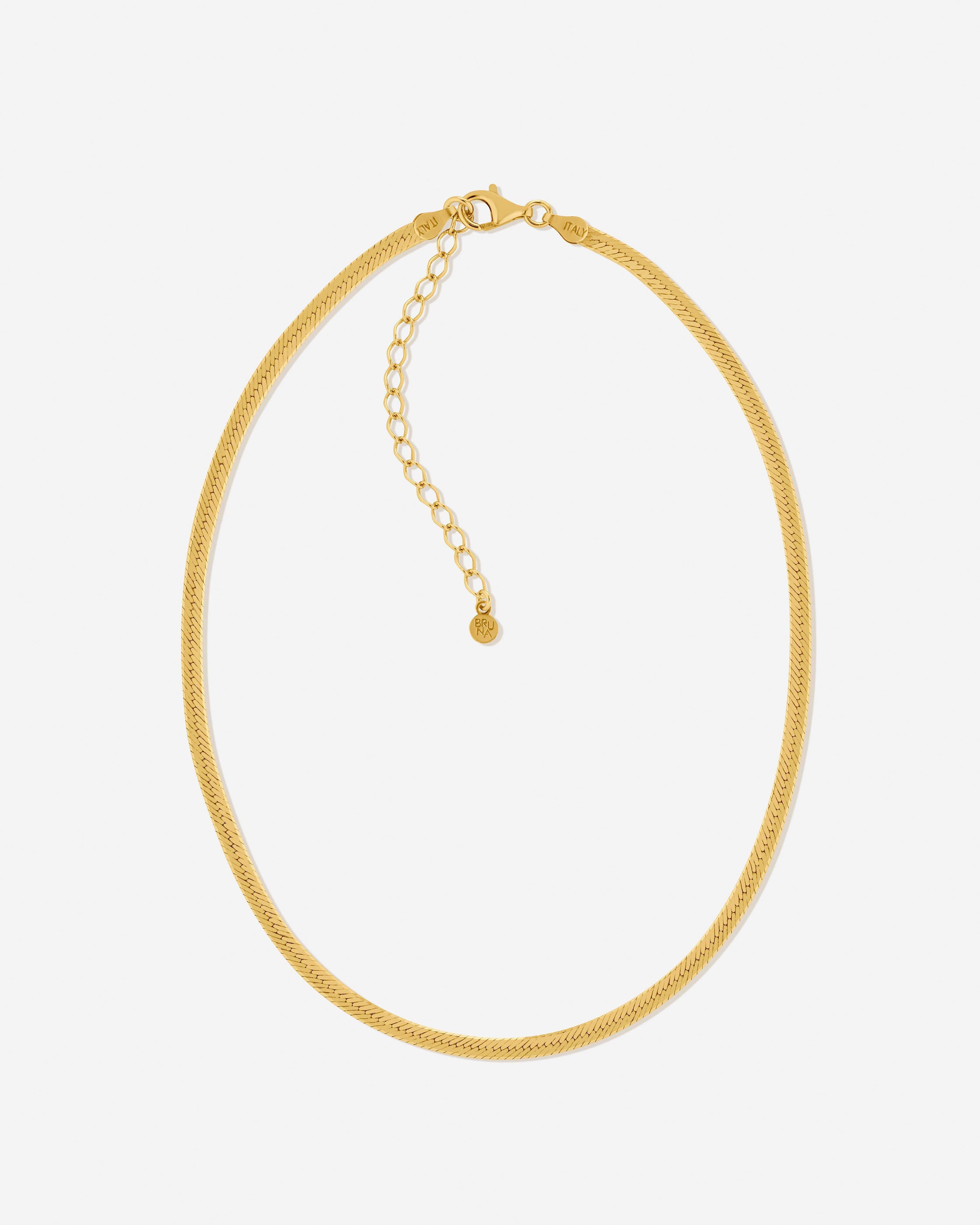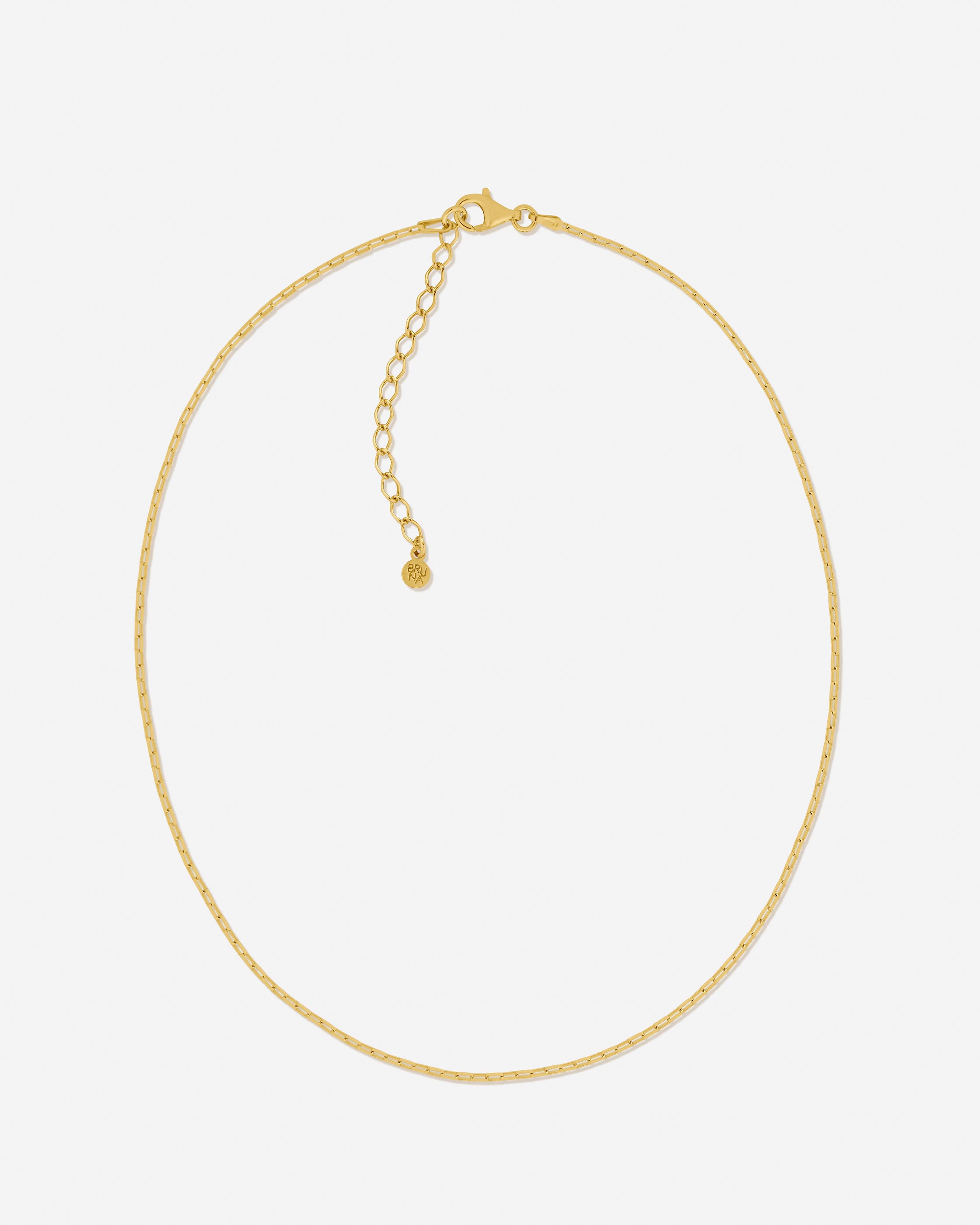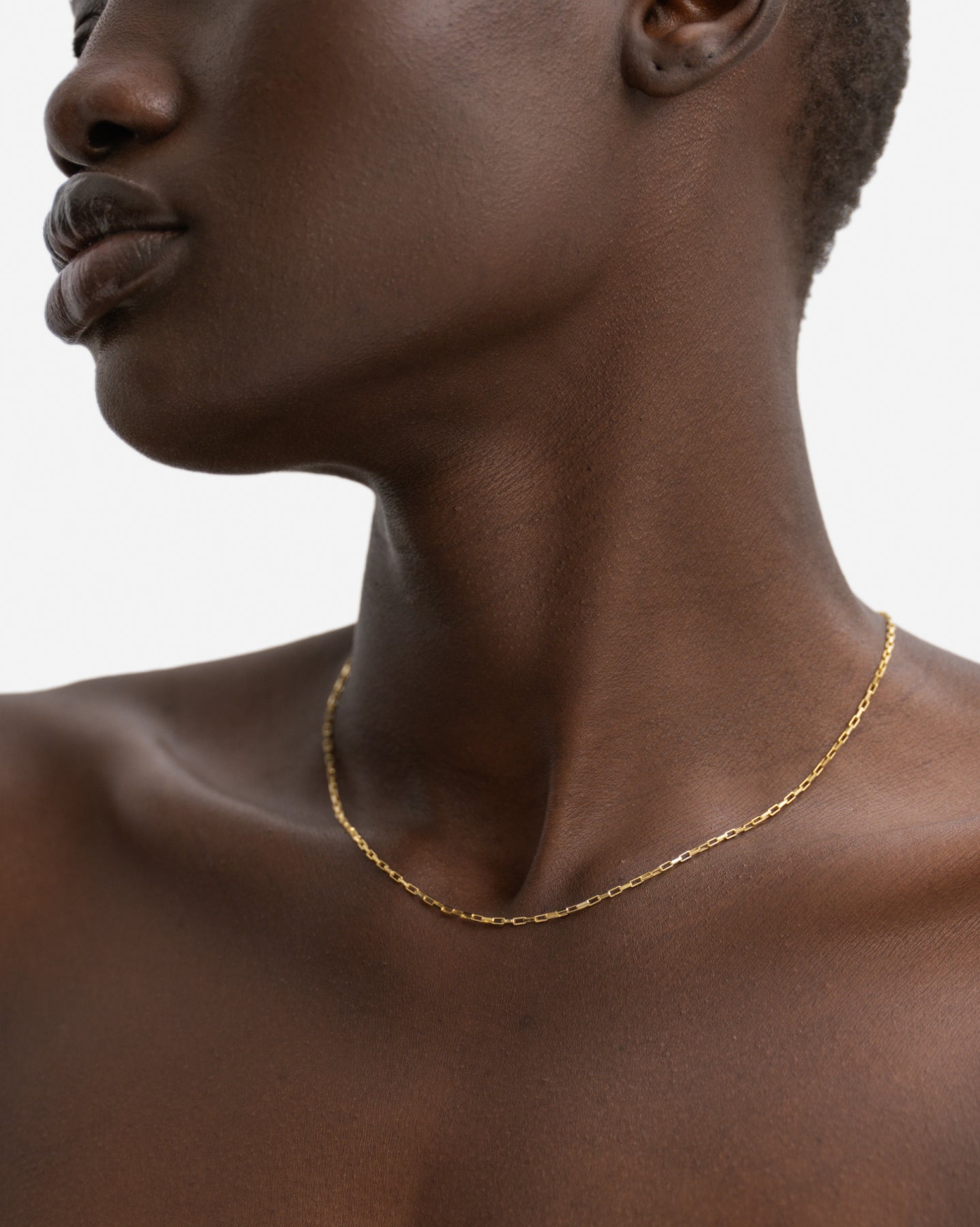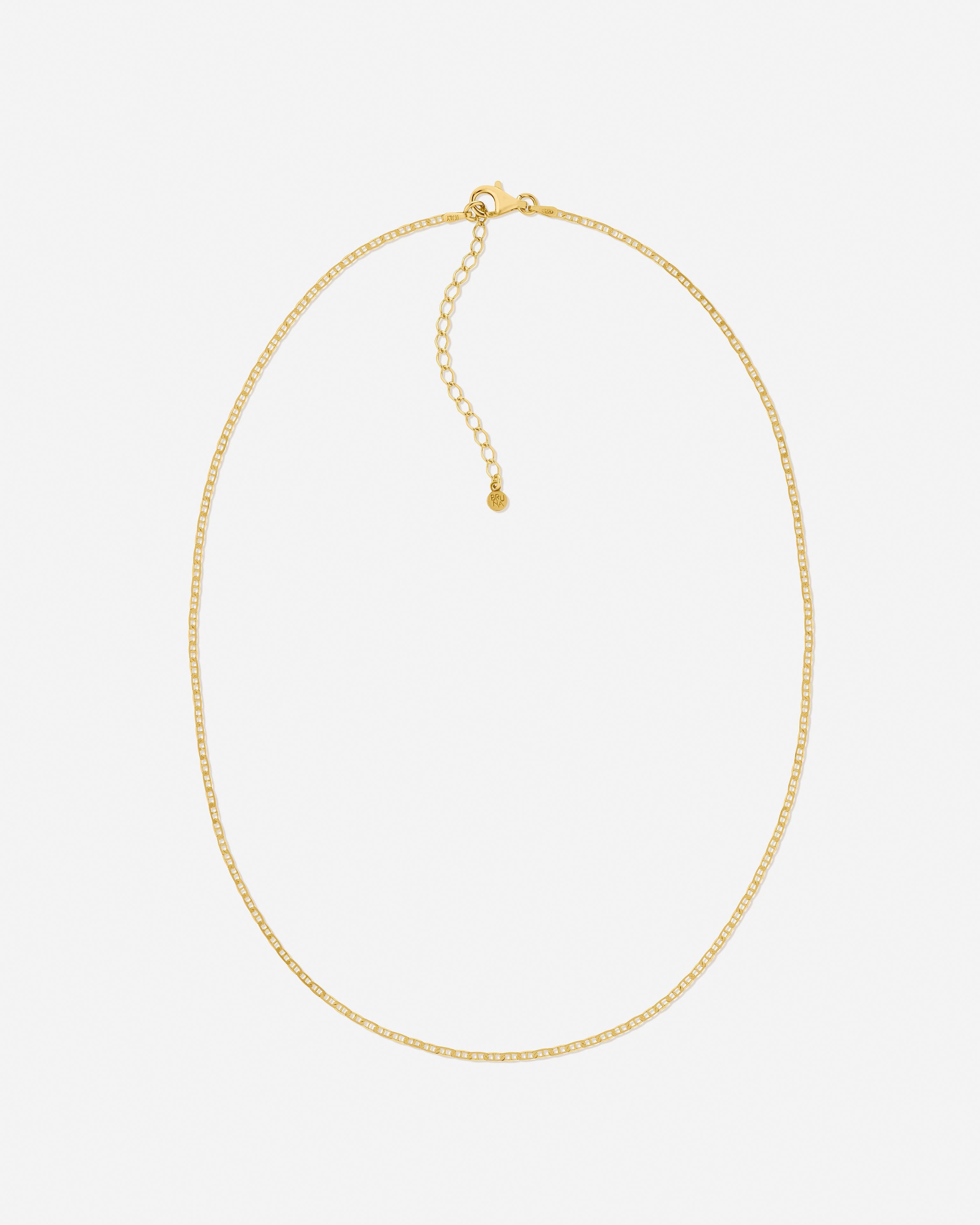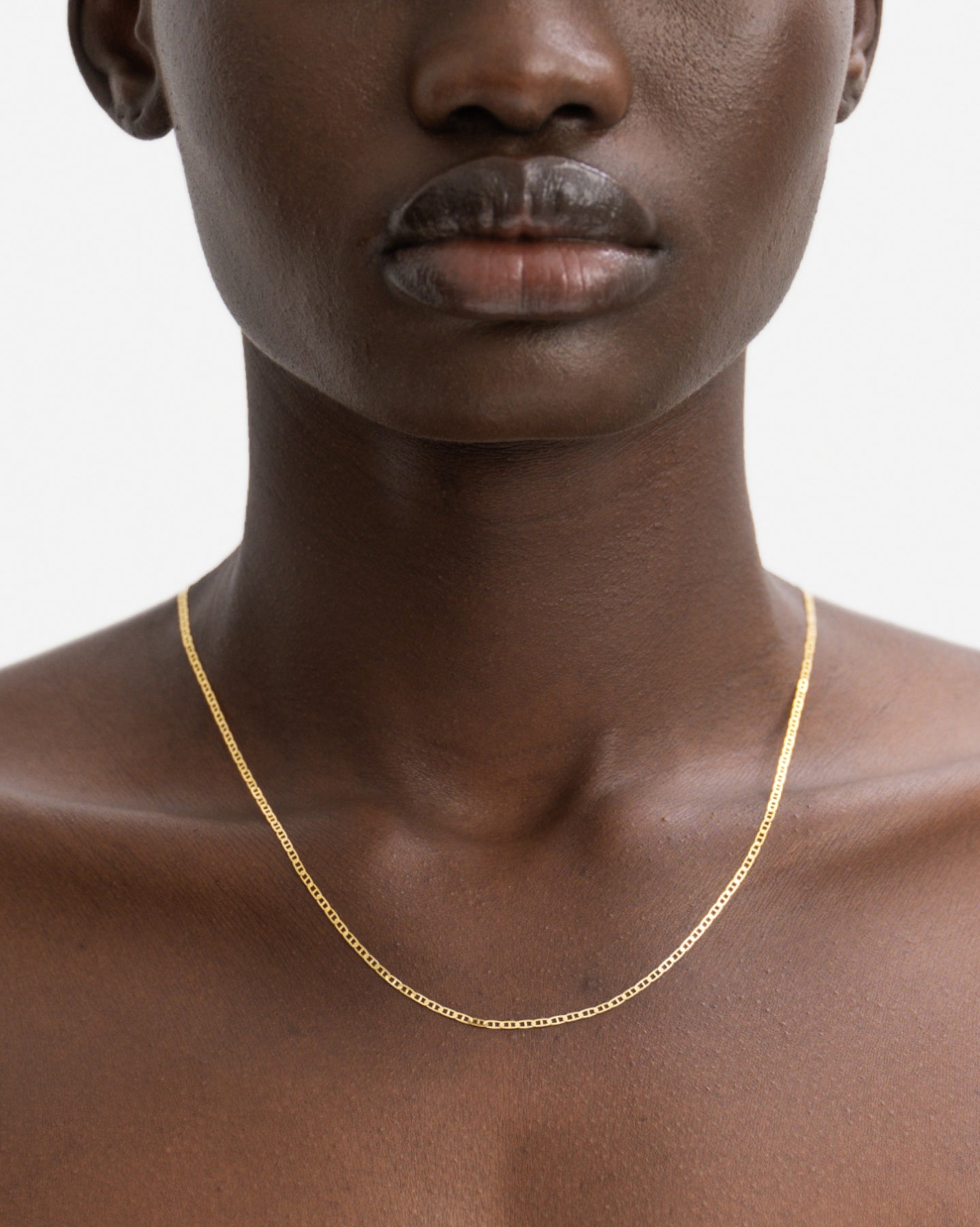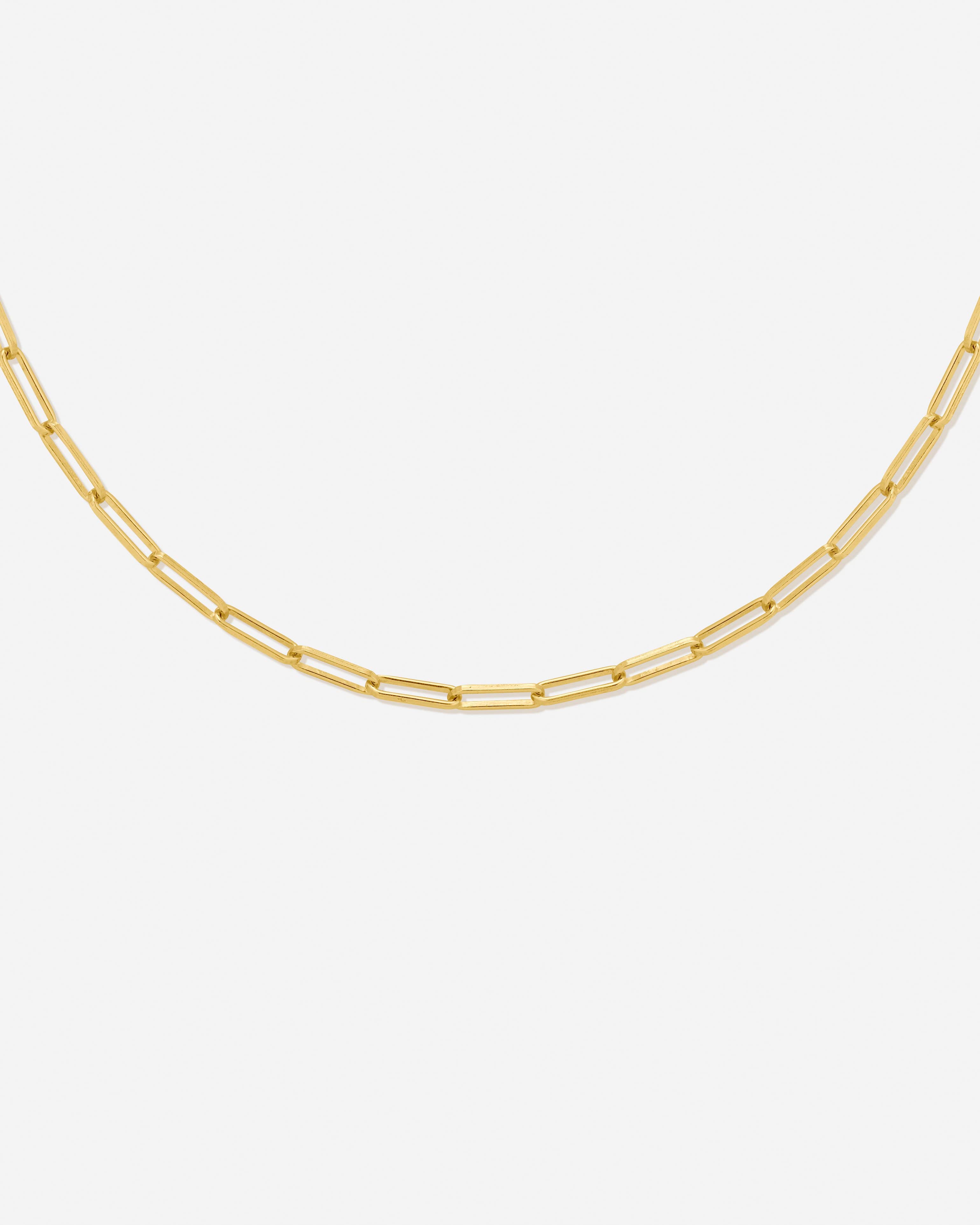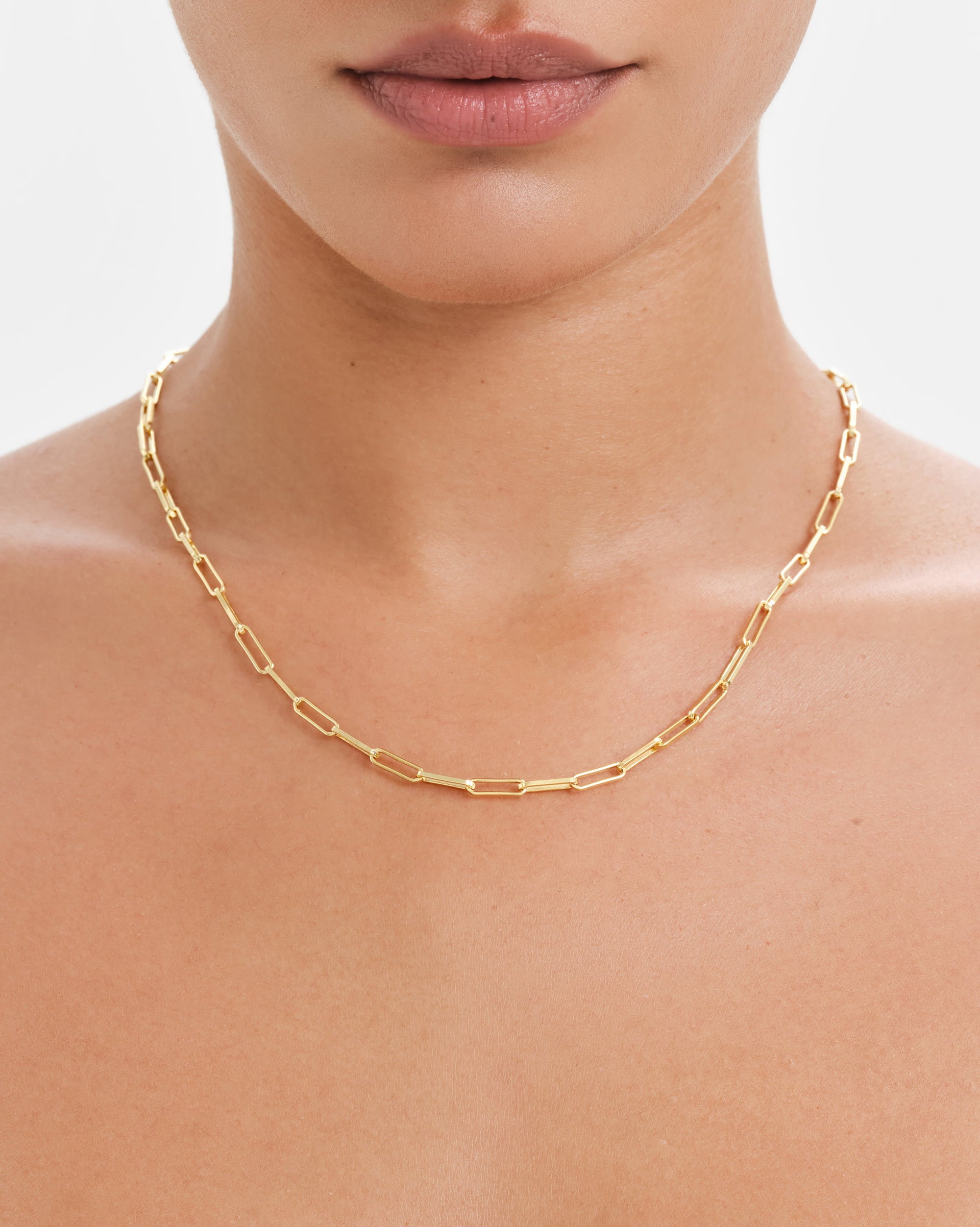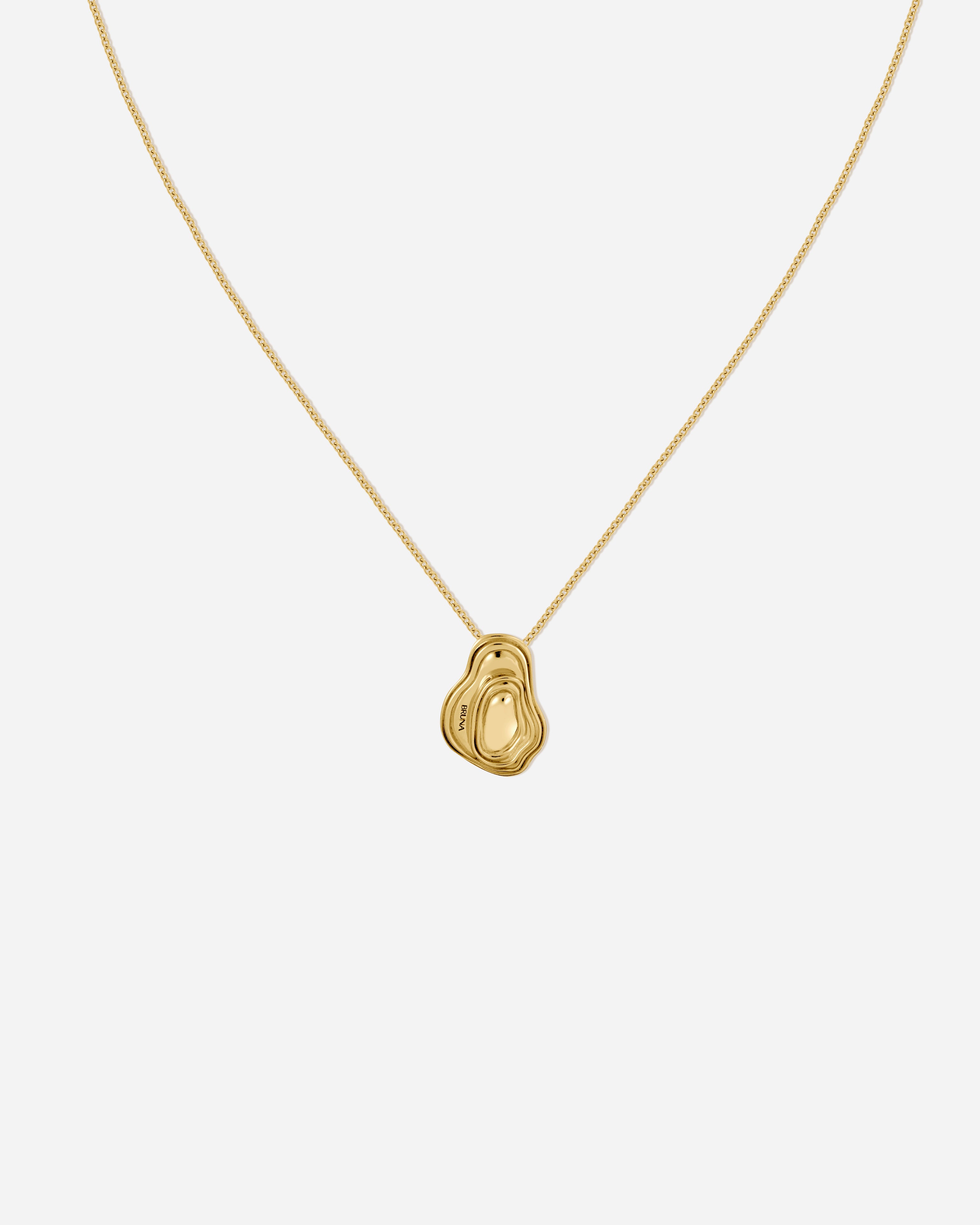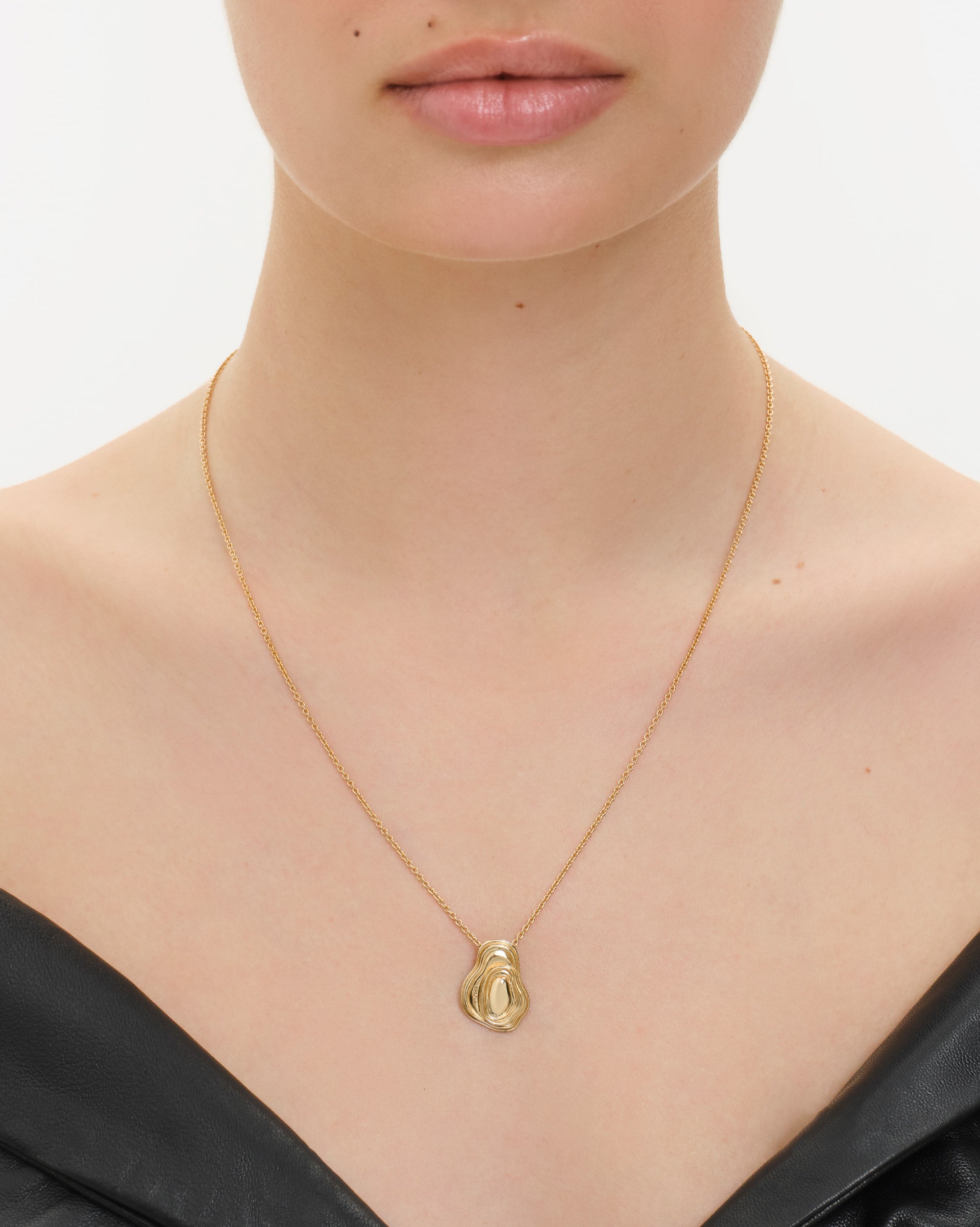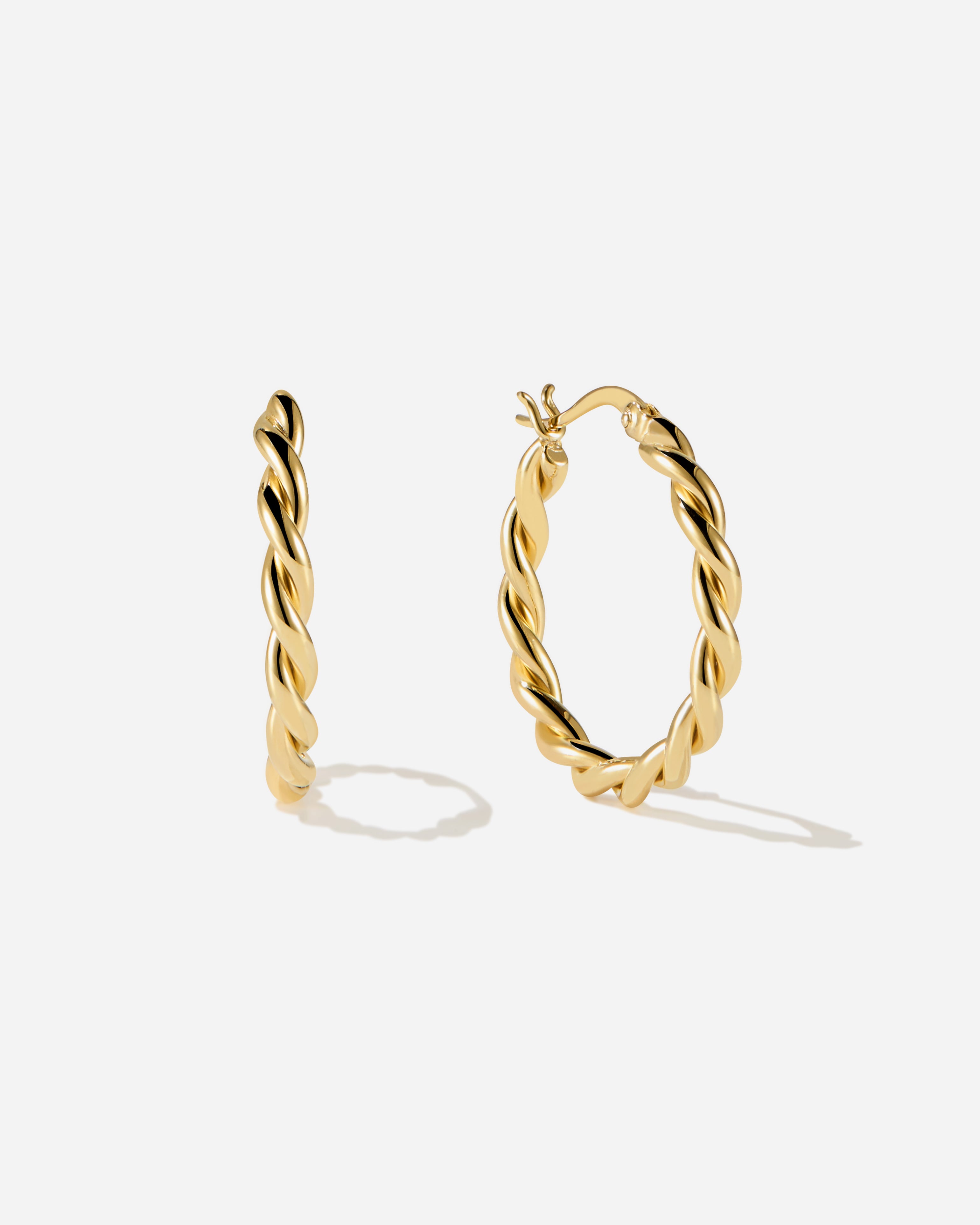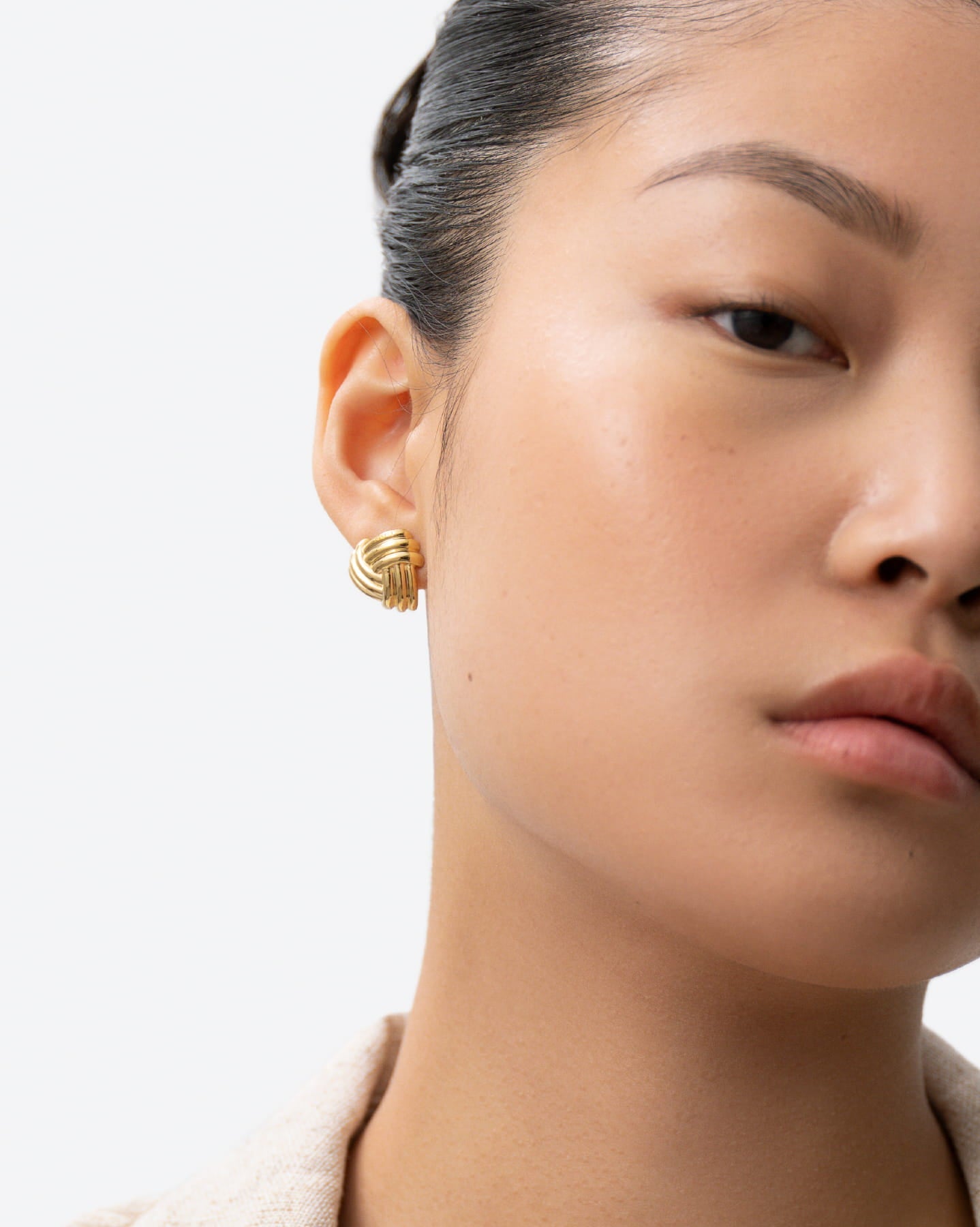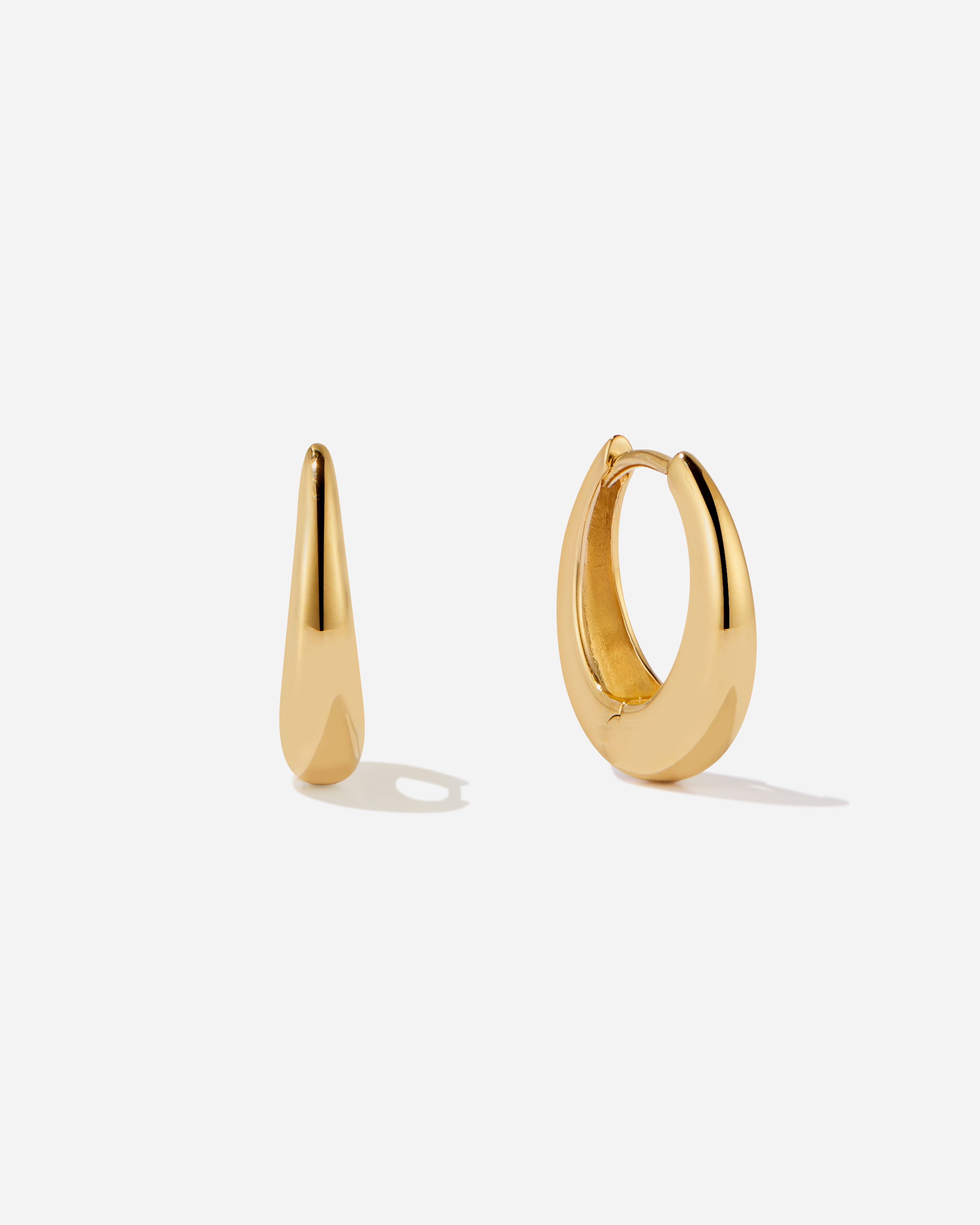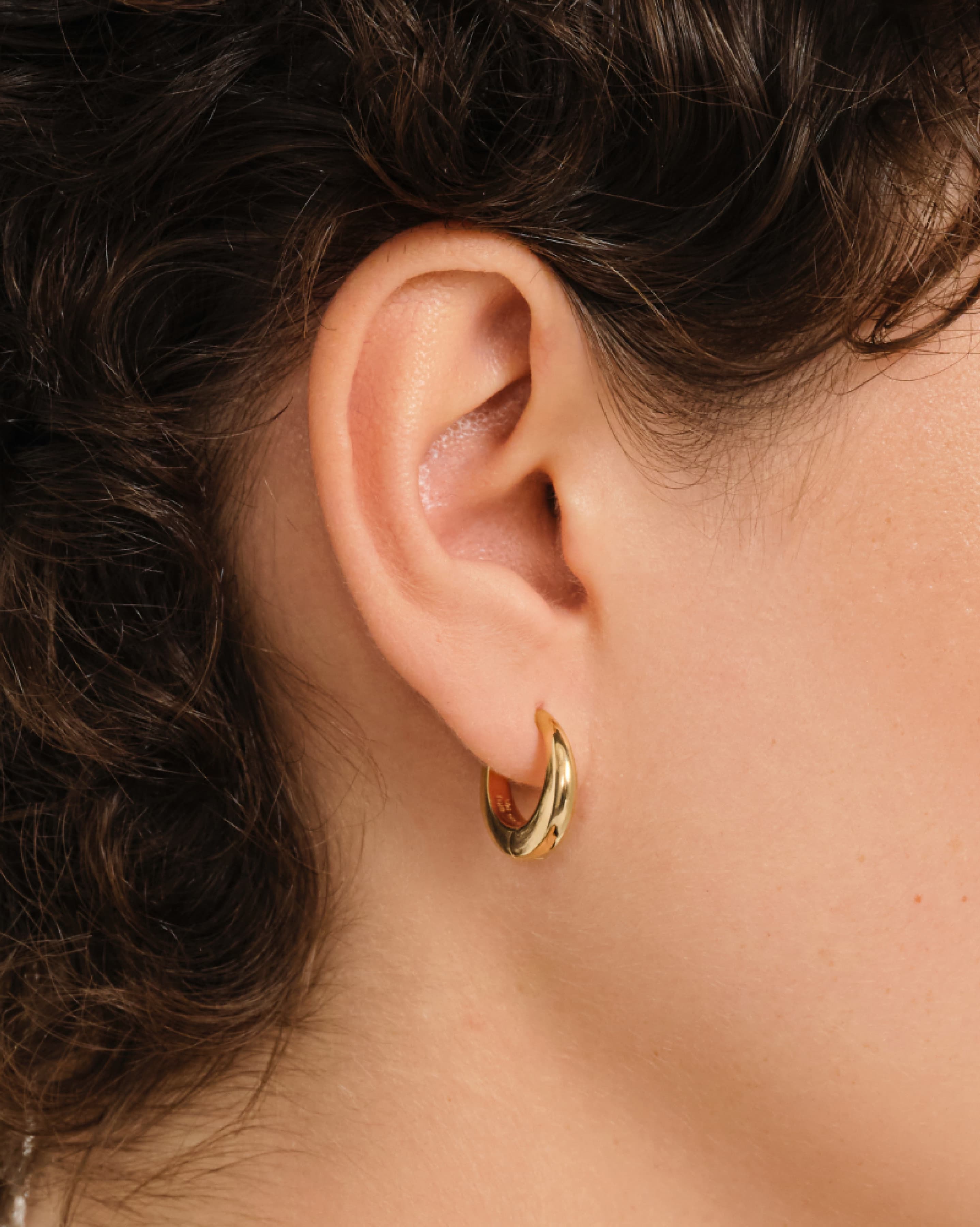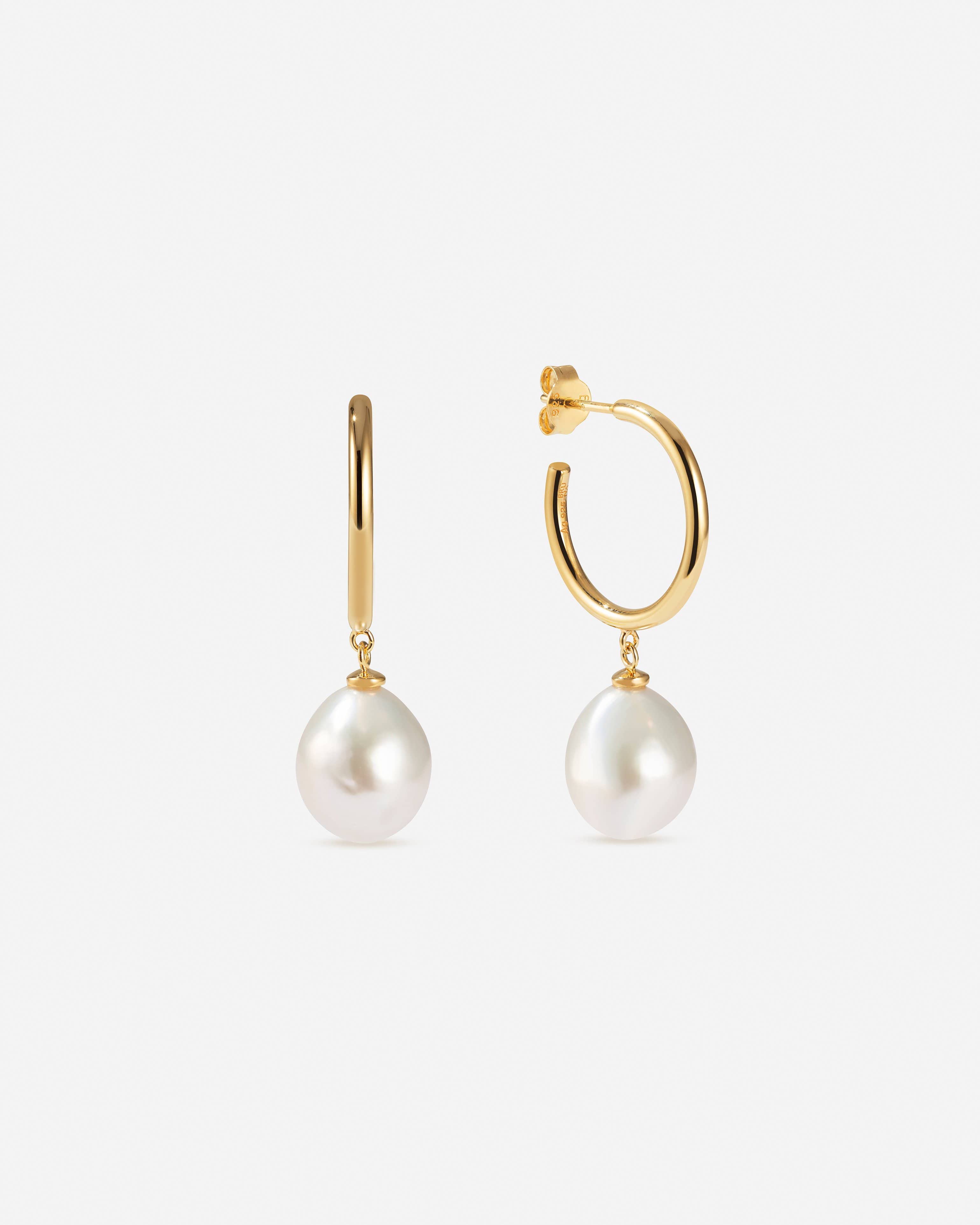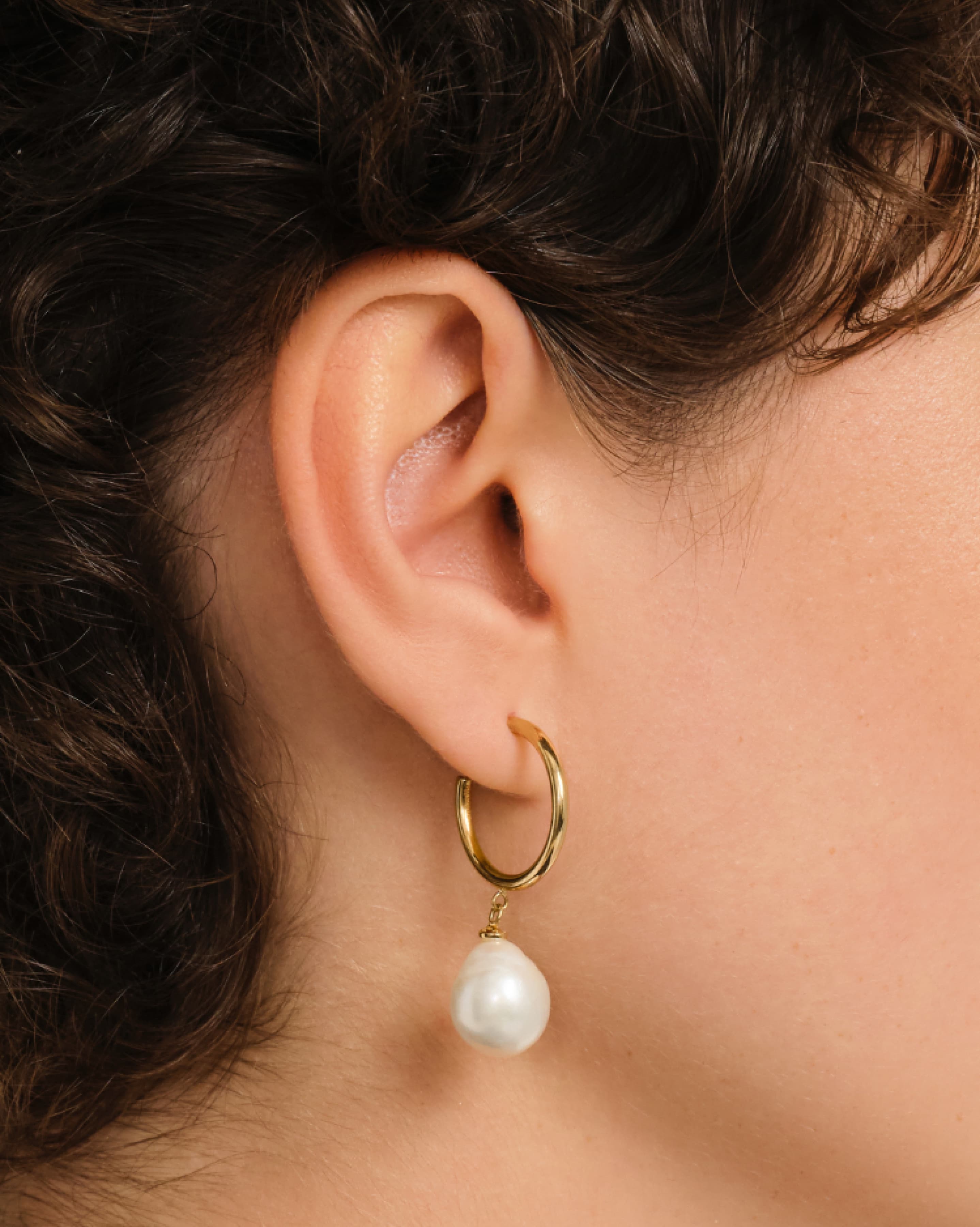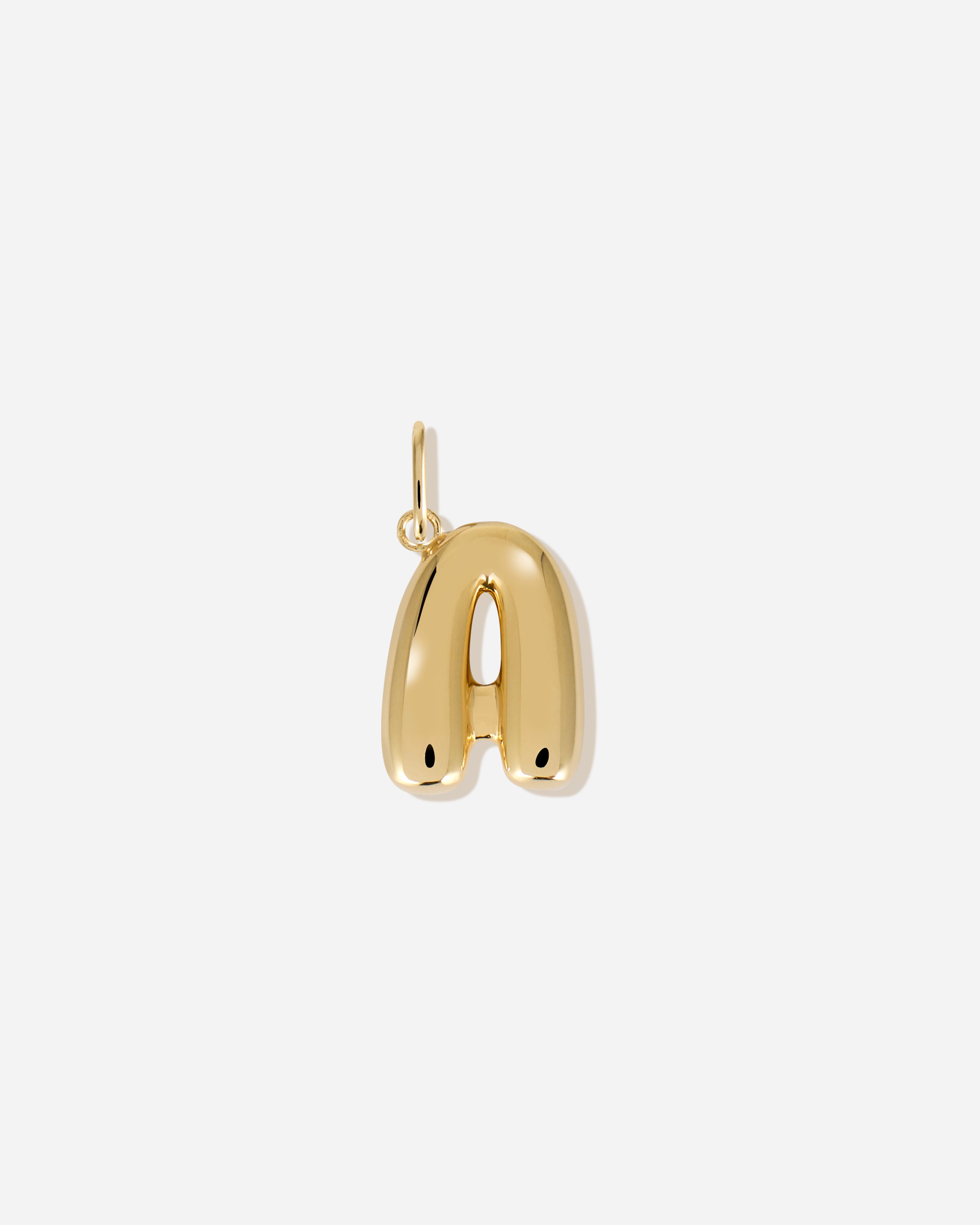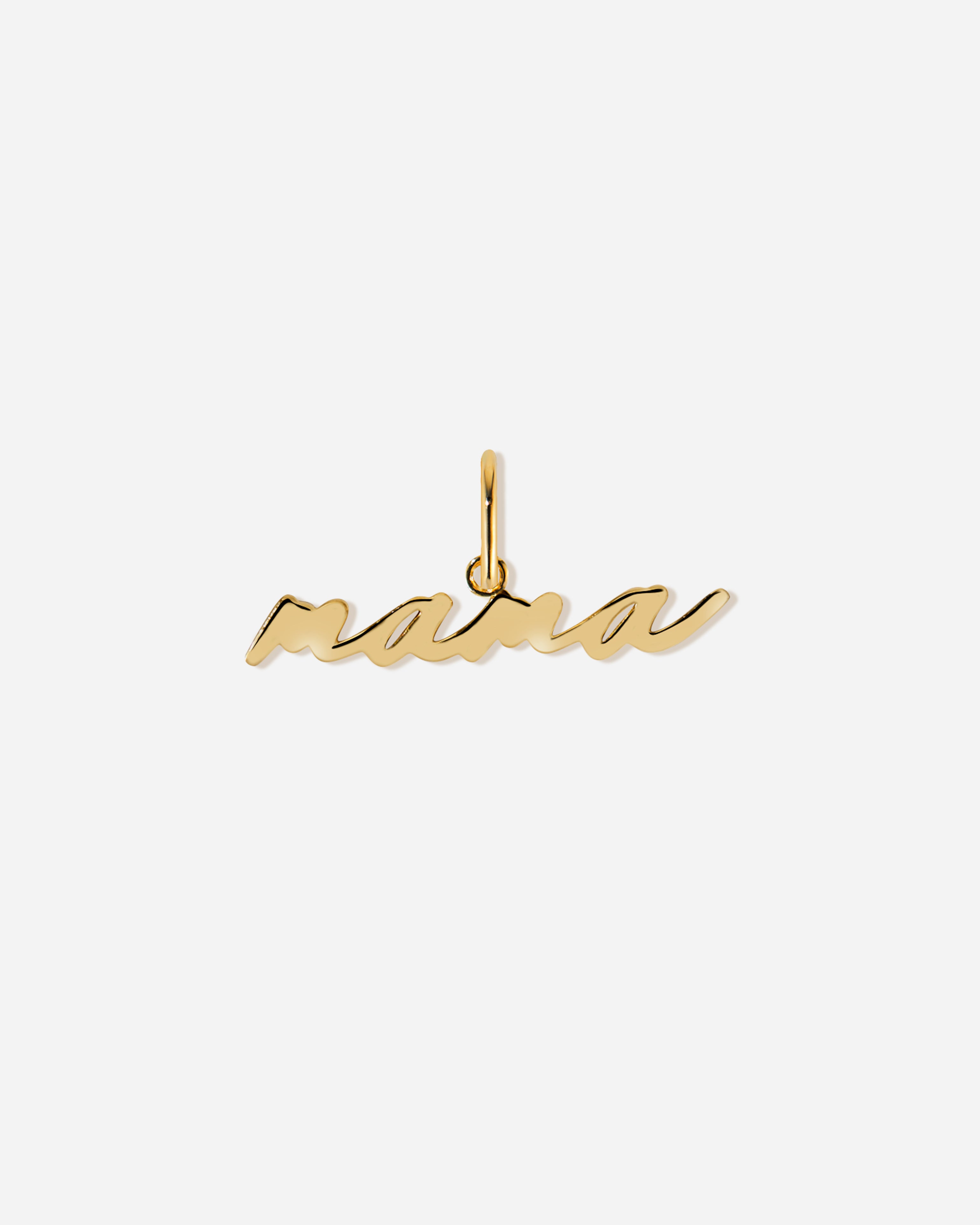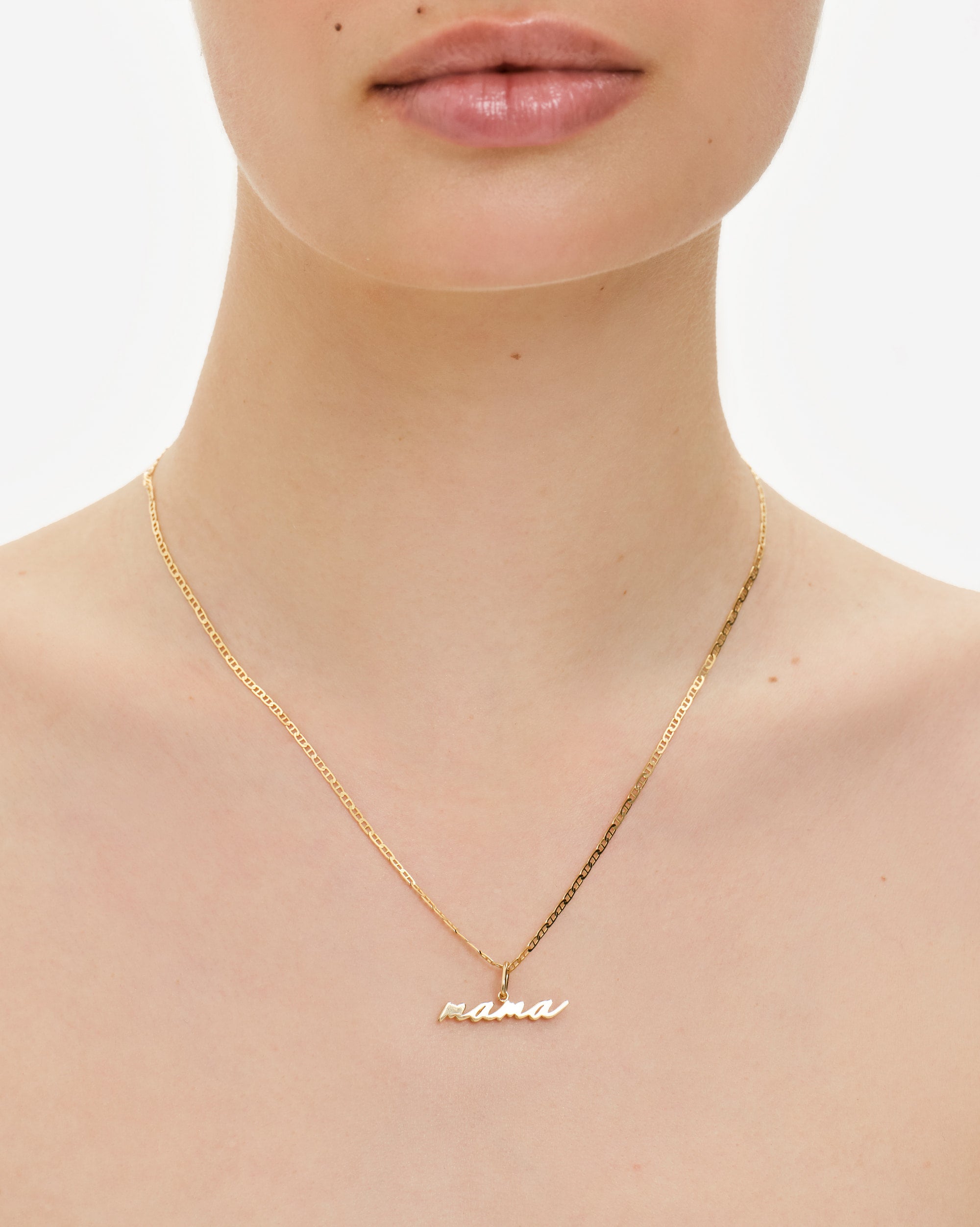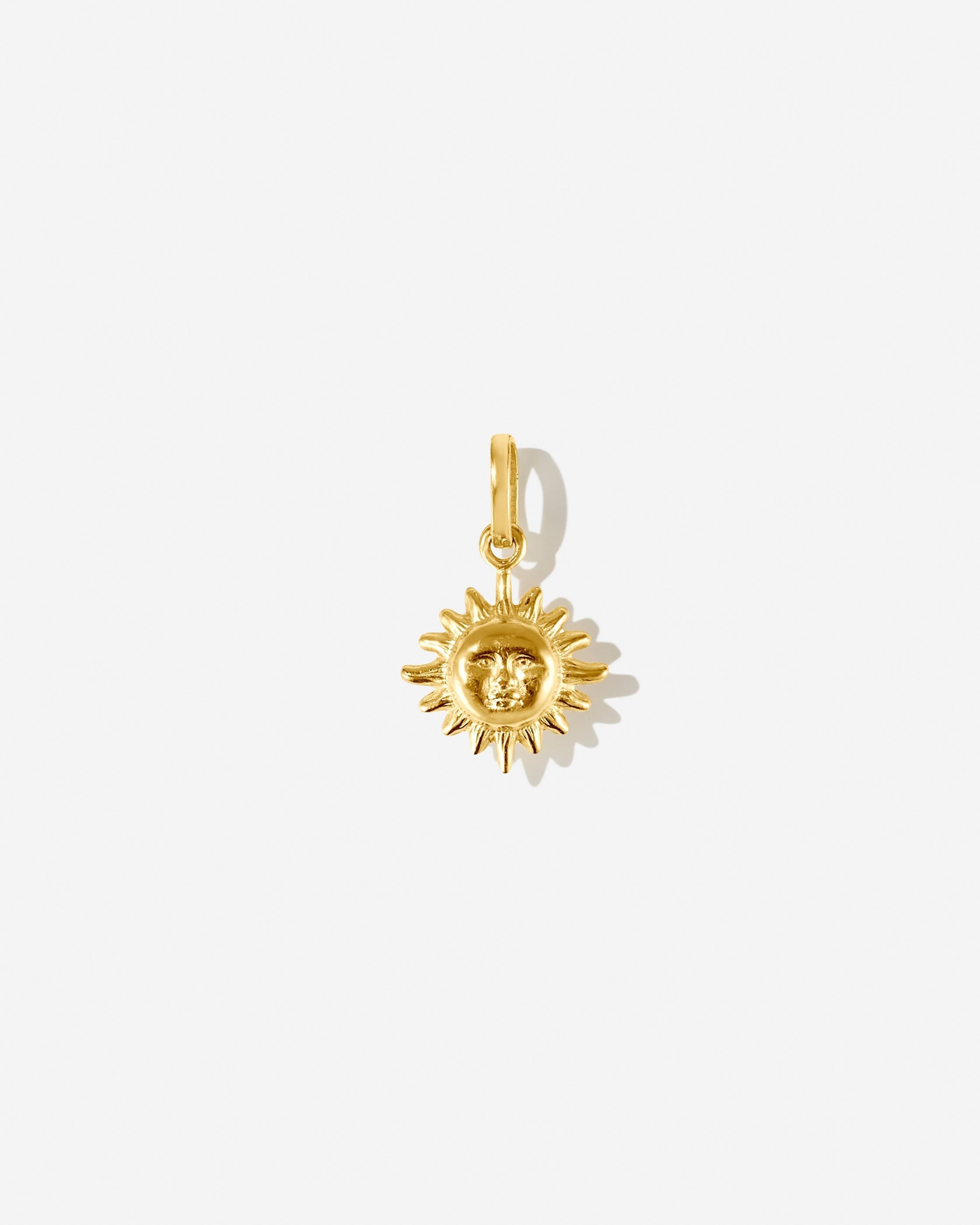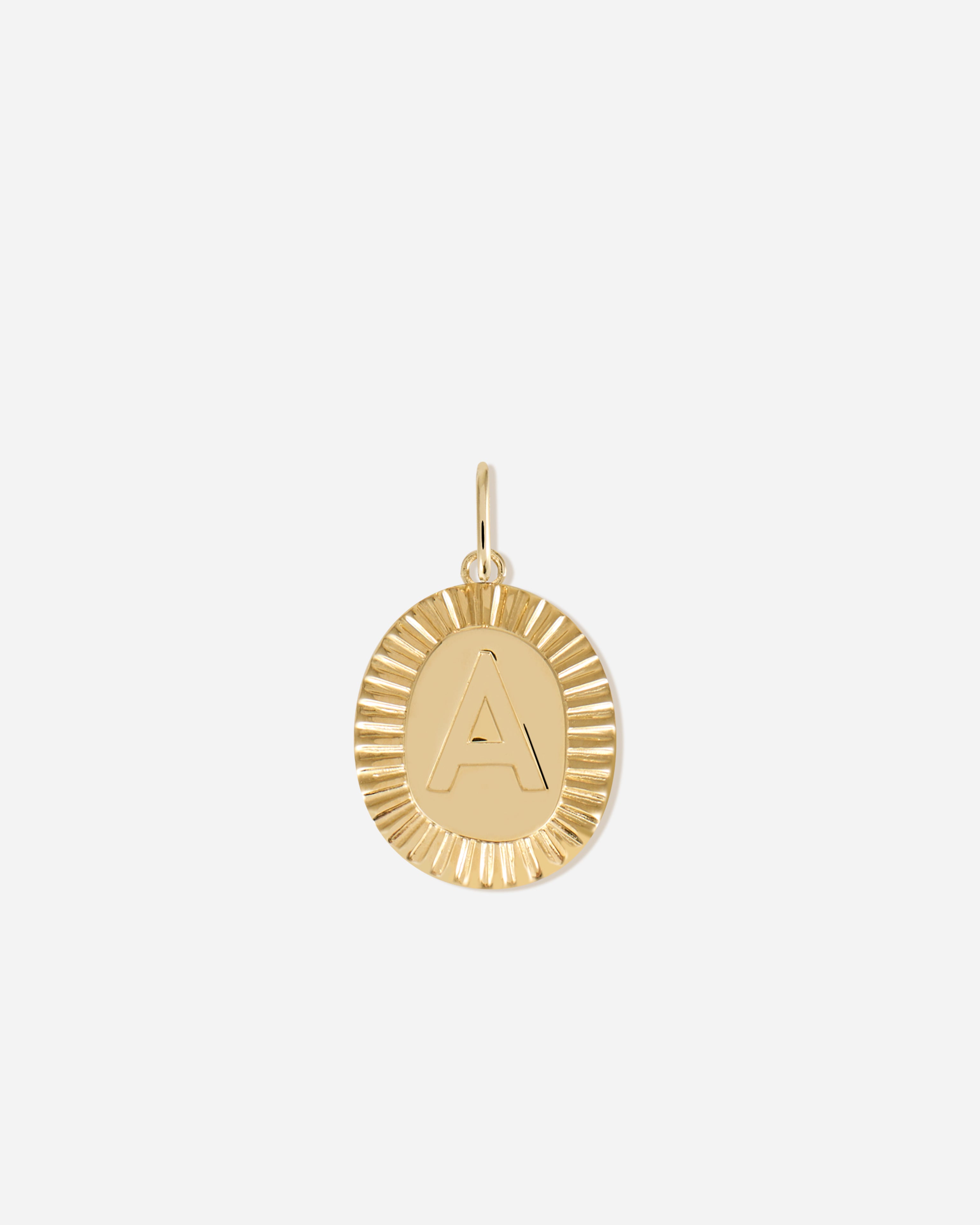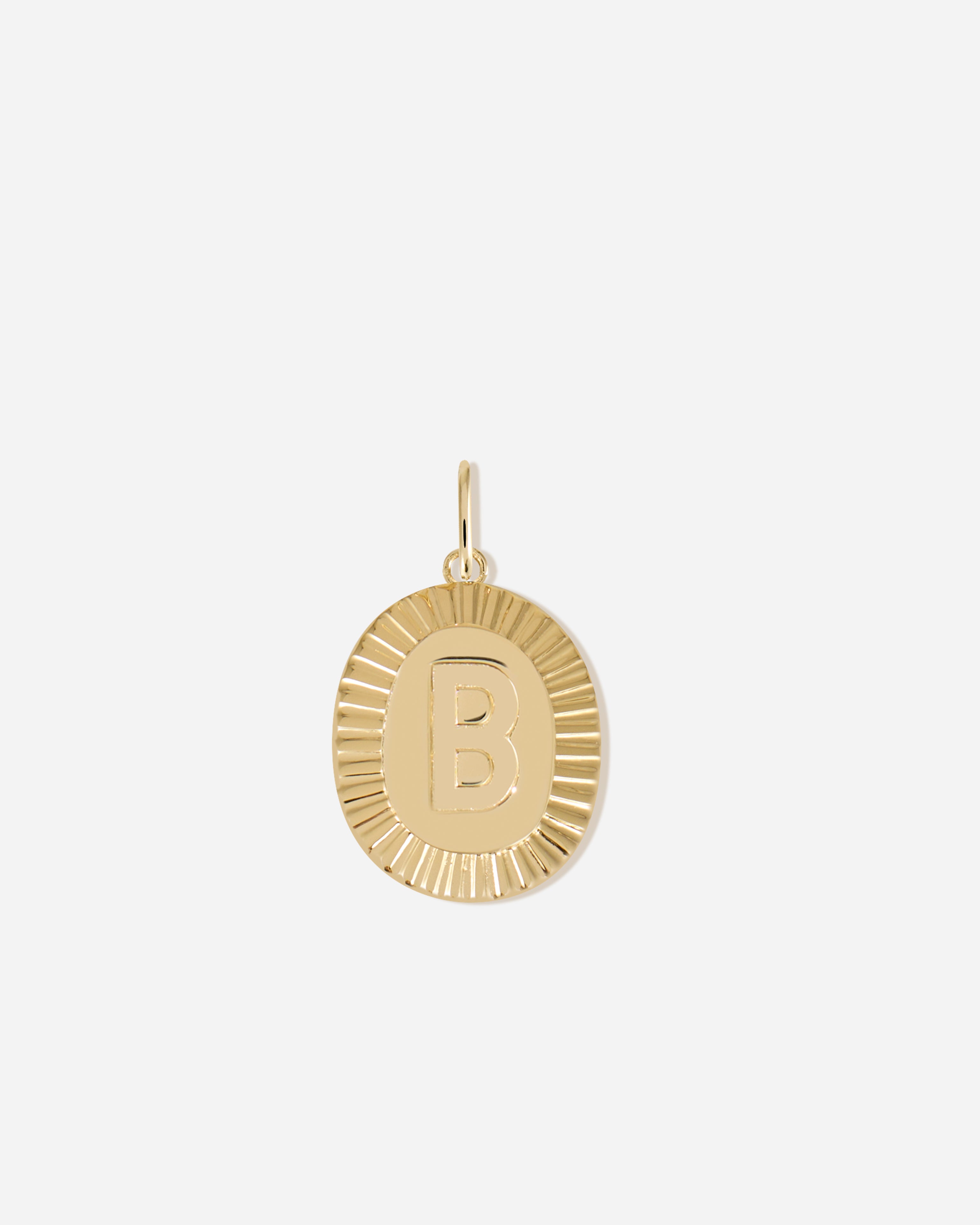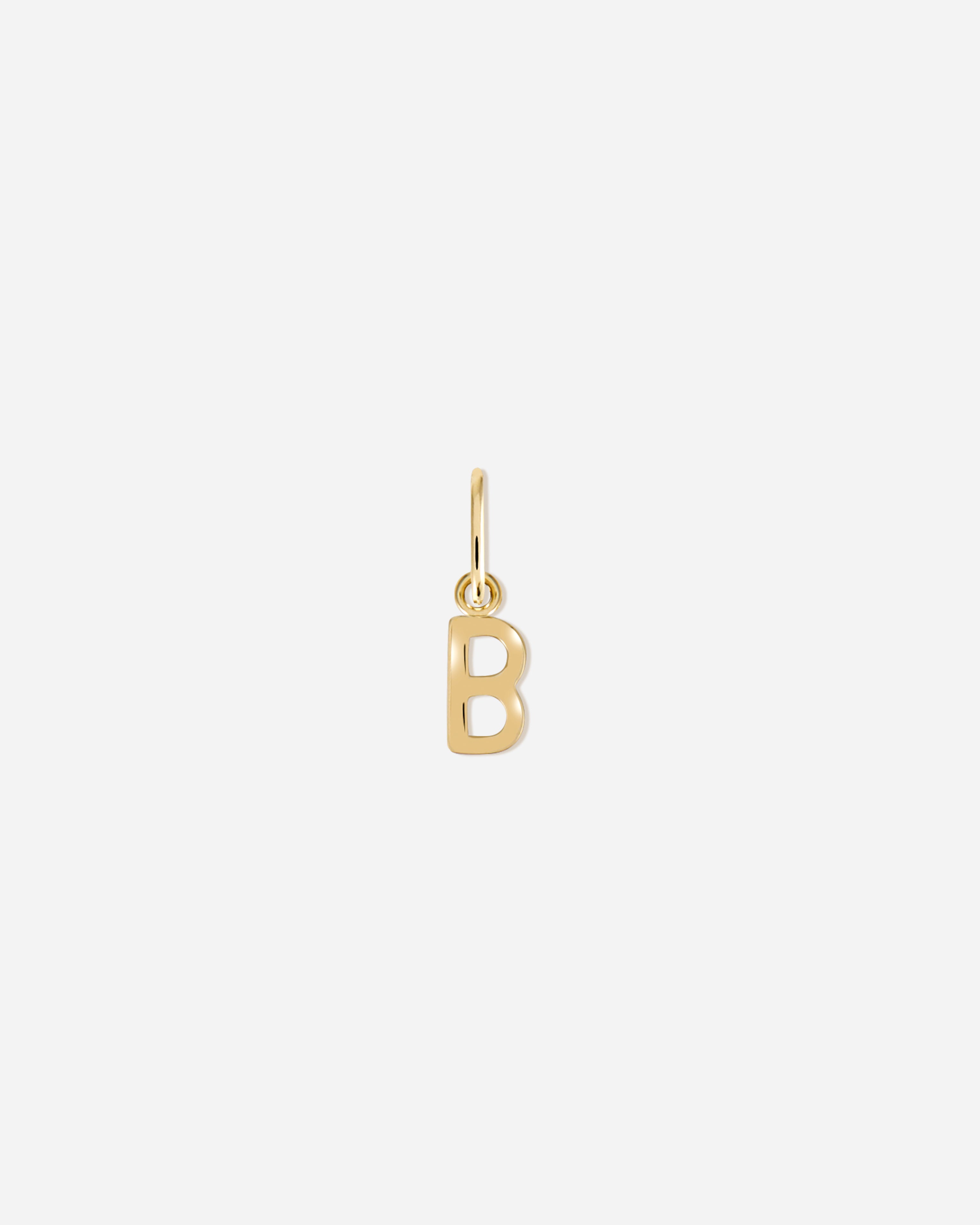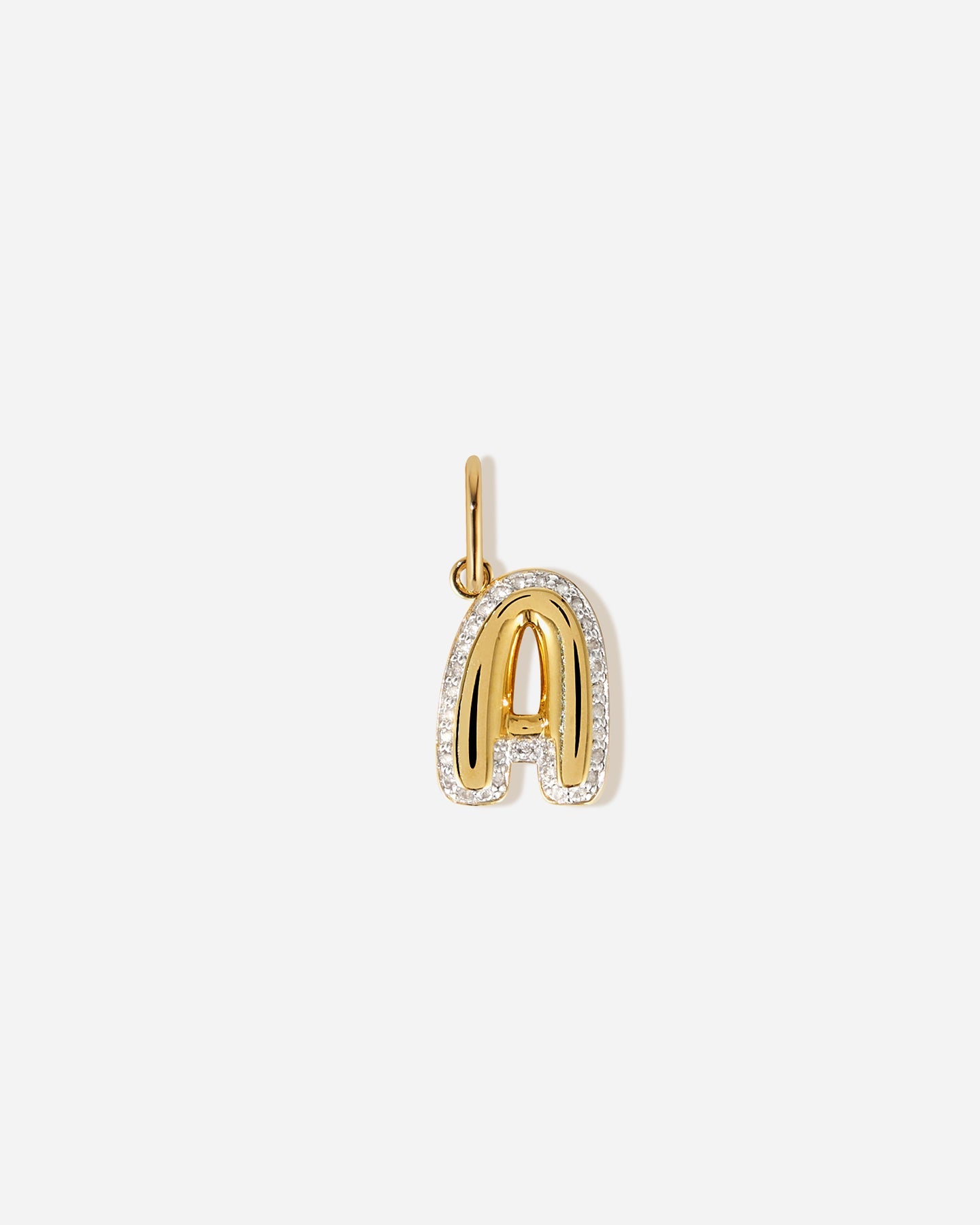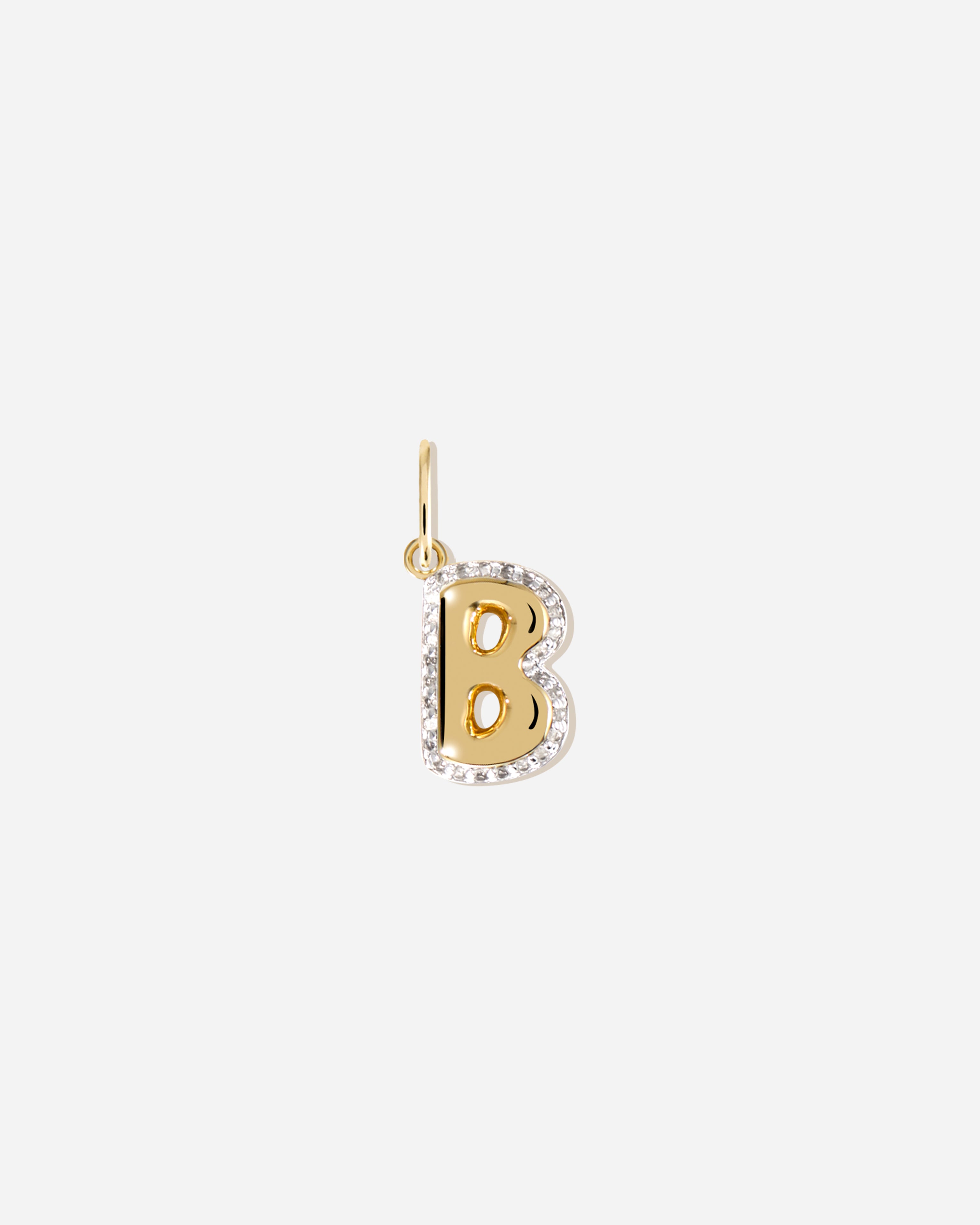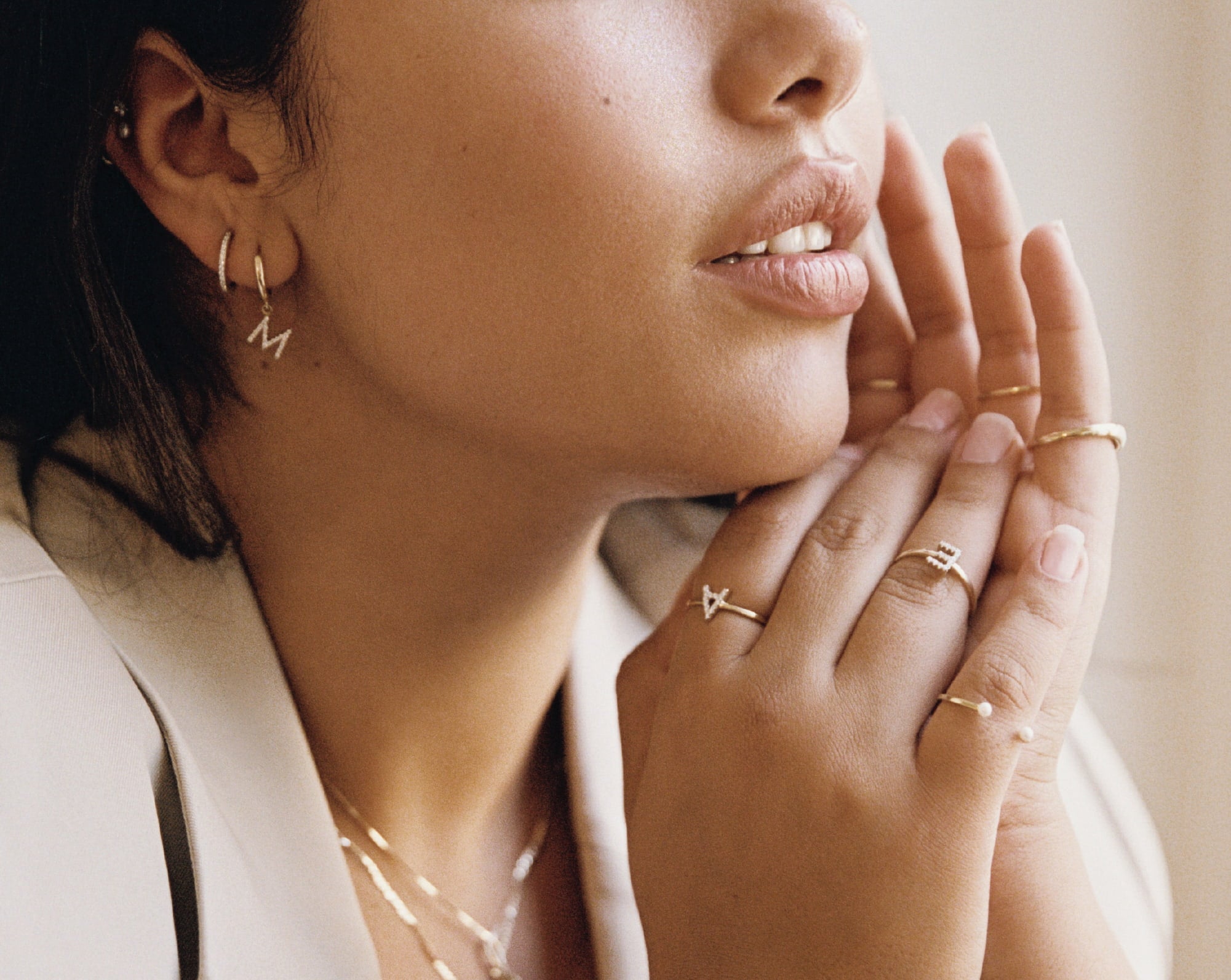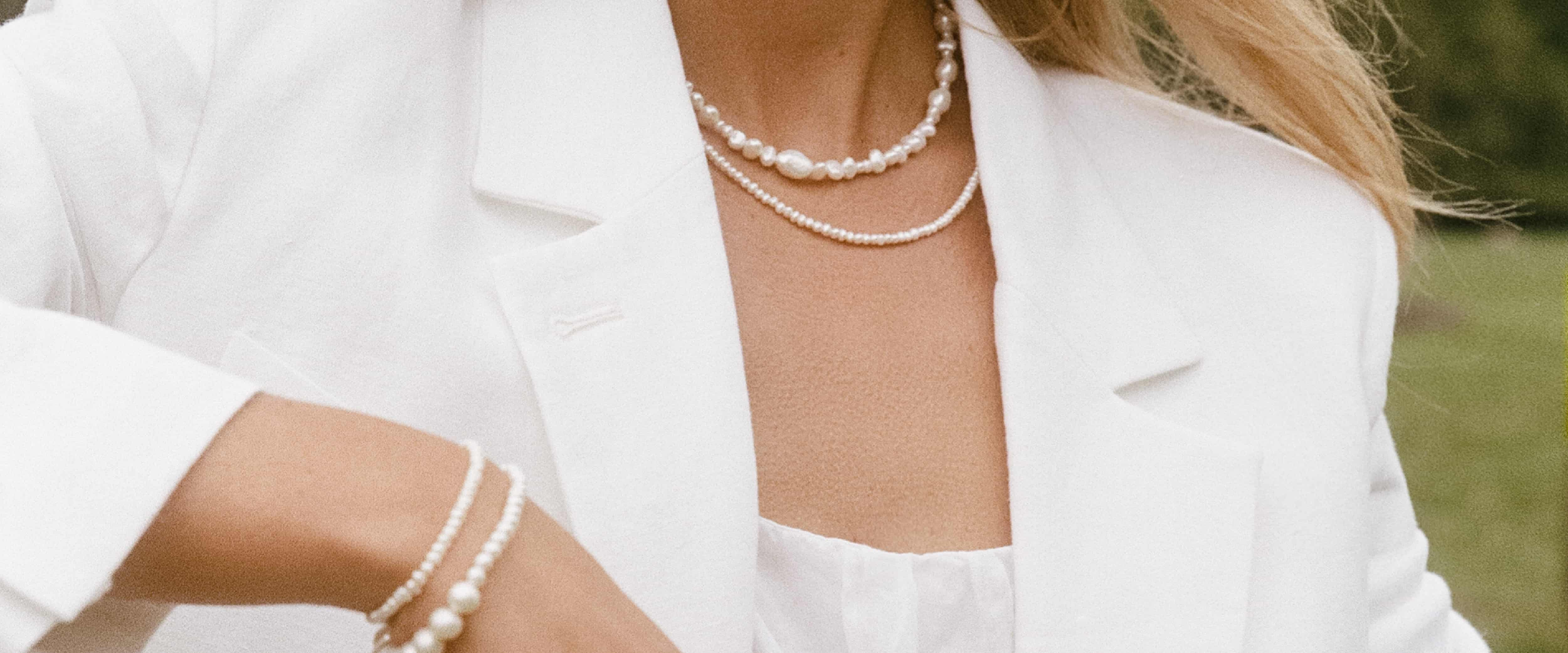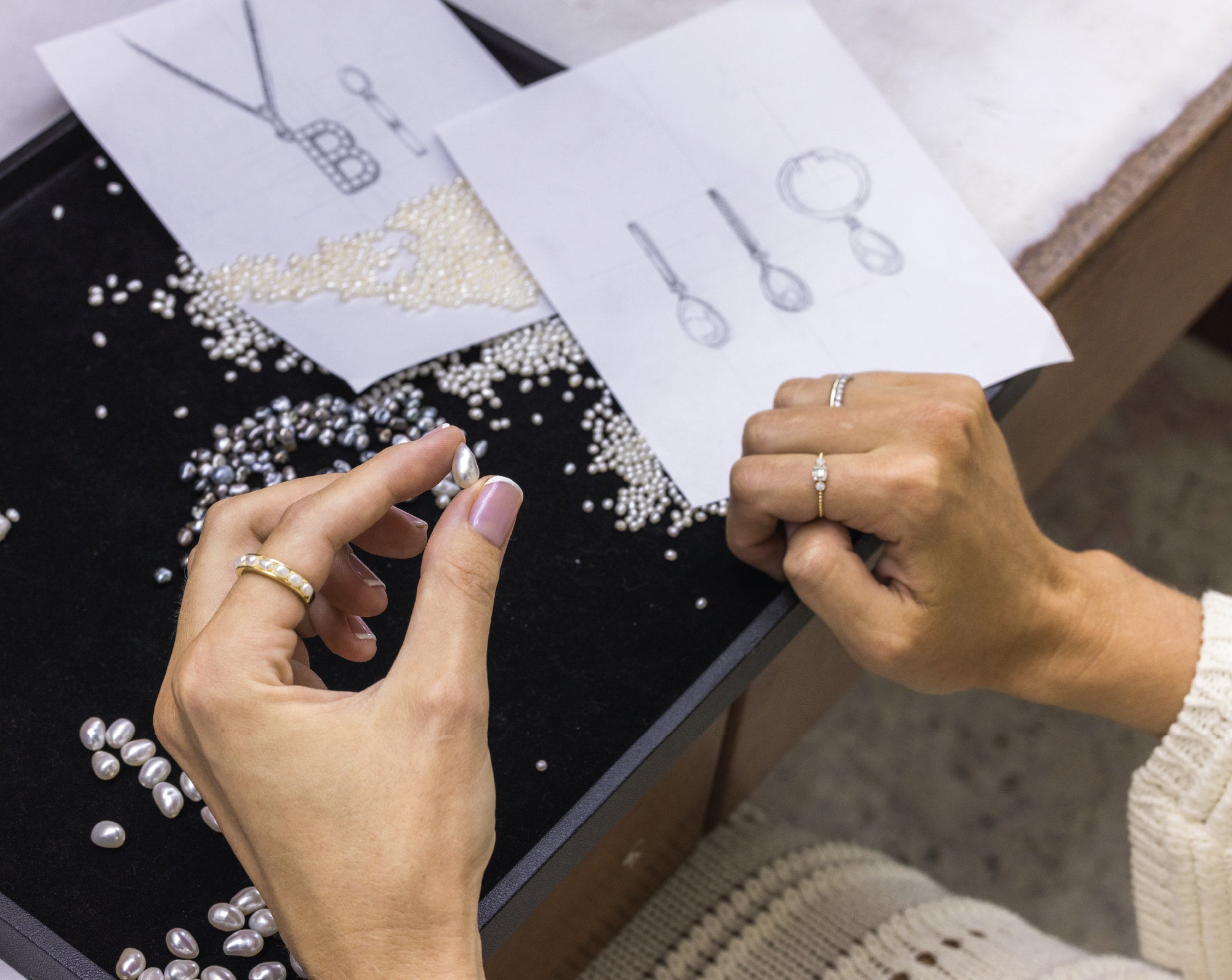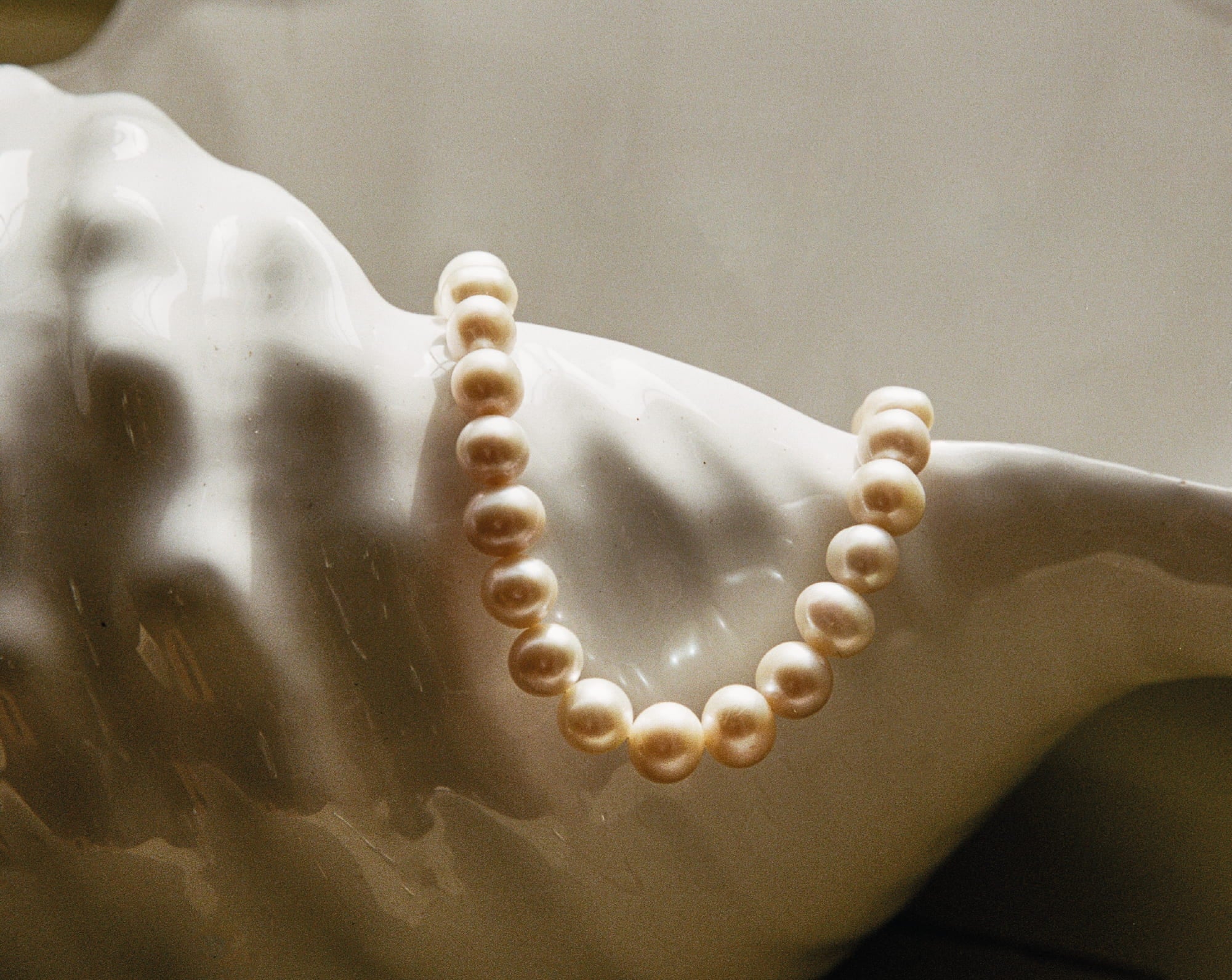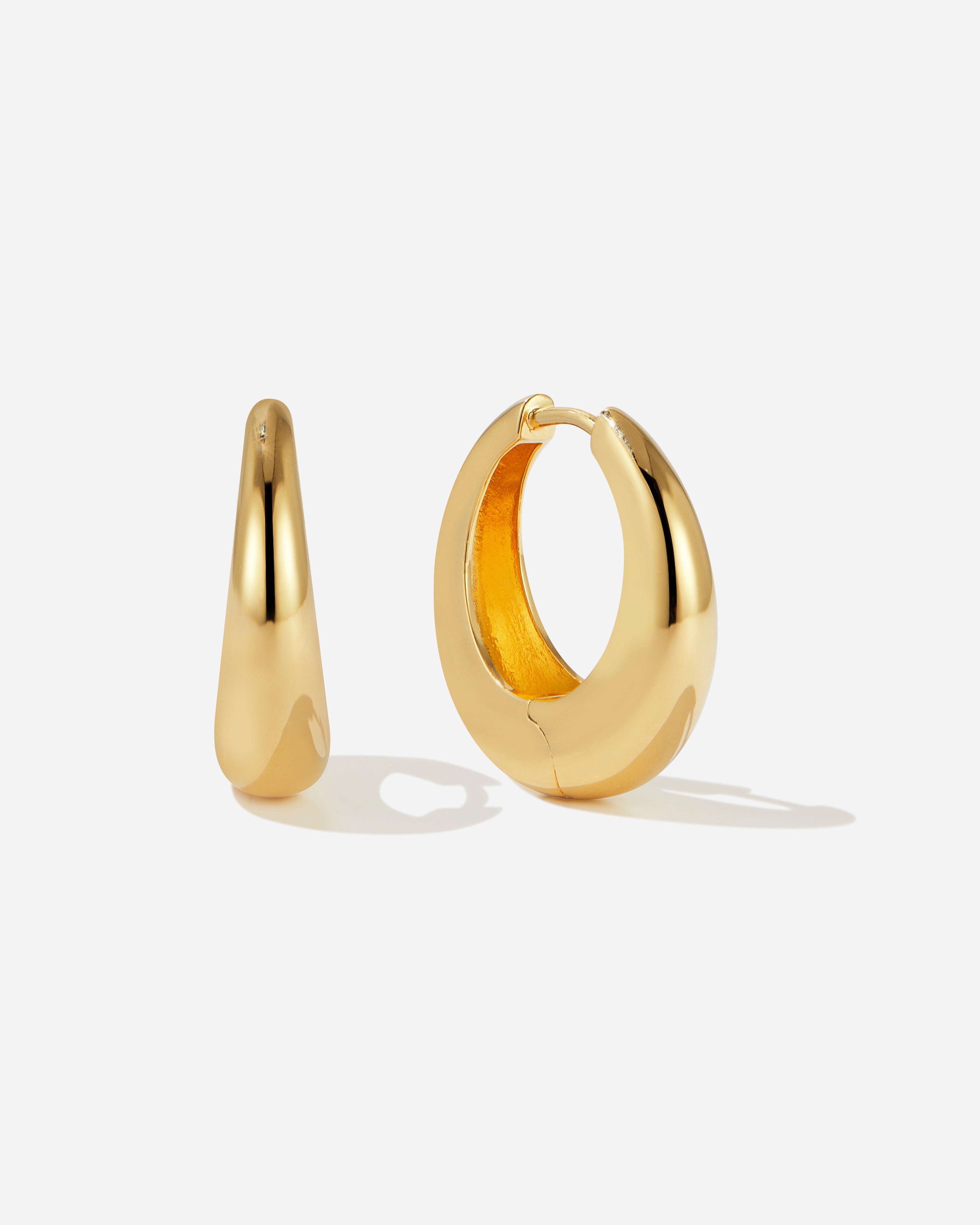In diesem Blogbeitrag tauchen wir tiefer in die Materie ein und sehen uns das Verfahren zur Herstellung von laborgezüchteten Diamanten an, lernen die Unterschiede zwischen ihnen und geförderten Diamanten kennen und stellen relevante Tipps für den Kauf eines Diamanten bereit. Willkommen zu Diamonds 101 – du wirst im Handumdrehen unser:e Starschüler:in sein.


Was sind Diamanten?
Diamanten sind wertvolle Edelsteine, die besonders für ihre unvergleichliche Schönheit und Langlebigkeit bekannt sind. Sie bestehen aus Kohlenstoffatomen, die in einer Kristallgitterstruktur angeordnet sind. Als Meisterwerke der Natur reflektieren und brechen sie Licht mit einer schillernden Brillanz.




Wie entstehen Diamanten?
In der Natur entstehen Diamanten unter enormem Druck und extremen Temperaturen über Millionen von Jahren in den Tiefen des Erdmantels. Dabei verbinden sich Kohlenstoffatome und erzeugen so die einzigartige Kristallstruktur, die man in Diamanten vorfindet. Vulkanausbrüche bringen diese kostbaren Edelsteine dann näher an die Erdoberfläche, wo sie schließlich abgebaut werden.
Wissenschaftler:innen können die natürliche Entstehung von Diamanten anhand einer von zwei Methoden im Labor reproduzieren, diese bezeichnet man als chemische Gasphasenabscheidung (CVD) oder Hochdruck-Hochtemperatur (HD/HT). Laborgezüchtete Diamanten sind ein beeindruckendes Beispiel menschlichen Einfallsreichtums: Dank des wissenschaftliches Fortschritts sind wir nun in der Lage, die Schönheit der Natur nachzubilden und Diamanten zu produzieren, die optisch, chemisch und physikalisch ident mit geförderten Diamanten sind – jedoch ohne die negativen Auswirkungen, die im traditionellen Bergbau auftreten.
Unsere laborgezüchteten Diamanten bei BRUNA werden anhand der CVD-Methode hergestellt. Bei diesem Prozess wird ein kleiner Diamant-„Samen“ in einer mit Gasen (inklusive Kohlenstoffatomen) gefüllten Vakuumkammer eingesetzt. Diese Kammer wird anschließend auf sehr hohe Temperaturen erhitzt, wodurch die Gasmoleküle aufbrechen und Kohlenstoffatome auf dem Diamant-Samen kristallisieren, wodurch nach und nach wunderschöne Diamantkristalle entstehen – vergleichbar mit fallenden Schneeflocken an einer magischen Winternacht!


Was sind die Unterschiede zwischen geförderten und laborgezüchteten Diamanten?
Der größte Unterschied zwischen geförderten und laborgezüchteten Diamanten liegt in ihrer Herkunft. Geförderte Diamanten werden durch Bergbauprozesse aus der Erde gewonnen, üblicherweise in großen Tagebau- oder Untertageminen, während laborgezüchtete Diamanten in einer kontrollierten Laborumgebung kultiviert werden.
Das Fördern von Diamanten erfordert in der Regel das Zerstören von Land sowie einen erheblichen Energie- und Wasserverbrauch. Laborgezüchtete Diamanten hingegen hinterlassen insgesamt einen geringeren ökologischen Fußabdruck. Ihre kontrollierte Produktion im Labor vermindert den Bedarf an Bergbaubetrieben, reduziert die Zerstörung von Lebensräumen, minimiert Kohlenstoffausstoß und vermeidet gleichzeitig Gefahren von Menschenrechtsverletzungen, die man normalerweise mit dem Abbau geförderter Diamanten in Verbindung bringt.
Damit kein Missverständnis entsteht: Unsere laborgezüchteten Diamanten sind echte Diamanten, punkt. Wenn es um Qualität und Schönheit geht, zeigen laborgezüchtete Diamanten die gleichen physikalischen, chemischen und optischen Eigenschaften wie geförderte Diamanten auf. Laborgezüchtete Diamanten werden deshalb genau der gleichen Qualitätskontrolle wie geförderte Diamanten unterzogen, bei der „die 4 Cs” der Diamantqualität bewertet werden: Schliff, Farbe, Karat und Reinheit. Bevor du also dein perfektes Diamantschmuckstück auswählst, solltest du unbedingt auf diese vier Dinge achten!
Wofür stehen die 4 Cs?
Die Qualität eines Diamanten wird durch die bekannten 4 Cs evaluiert: Karatgewicht (= carat weight), Farbe (=colour), Reinheit (=clarity) und Schliff (=cut). Das Karatgewicht bezieht sich auf die Größe oder Masse des Diamanten, während die Farbstufen von farblos bis hin zu verschiedenen Gelb- und Brauntönen reichen. Die Reinheit beurteilt das Vorhandensein interner oder externer Mängel, die jeweils als Einschlüsse und Makel bezeichnet werden. Der Schliff eines Diamanten verrät, wie sorgfältig er facettiert wurde, um seine Brillanz und sein Funkeln zu maximieren. Einen hochwertig geschliffenen Diamant erkennt man an einem einzigartigen Lichtverhältnis und unverwechselbarem Feuer. Zusammen tragen diese Eigenschaften zur Gesamtqualität und zum Wert eines Diamanten bei und helfen dir, einen Diamanten auszuwählen, der deinen persönlichen Vorlieben sowie deinem individuellen Budget entspricht.
Bei BRUNA fügen wir der Liste ein weiteres “C” hinzu: Verantwortungsbewusstsein (=consciousness).




Antworten zu häufig gestellten Fragen
1. Sind laborgezüchtete Diamanten echte Diamanten?
Ja, laborgezüchtete Diamanten sind echte Diamanten. Sie haben die gleiche chemische Zusammensetzung und Kristallstruktur wie geförderte Diamanten, was zu denselben physikalischen und optischen Eigenschaften führt. Tatsächlich ist es ohne die Anwendung von speziellen Geräten nahezu unmöglich, laborgezüchtete von geförderten Diamanten zu unterscheiden.
2. Was sind Diamant-Imitate?
Diamant-Imitate sind keine echten Diamanten. Der Begriff Diamant-Simulanzien bezieht sich auf Materialien wie Zirkonia und Moissanit, die Diamanten zwar ähneln, aber keine echten Kohlenstoffkristalle sind. Aus diesem Grund weisen Simulanzien nicht die gleichen chemischen, physikalischen und optischen Eigenschaften wie geförderte und laborgezüchtete Diamanten auf.
3. Sind laborgezüchtete Diamanten verantwortungsbewusst oder fair?
Laborgezüchtete Diamanten verursachen im Vergleich zu geförderten Diamanten insgesamt eine deutlich geringere Umweltbelastung. Ihre kontrollierte Produktion im Labor macht groß angelegte Bergbaubetriebe überflüssig, wodurch die Zerstörung von Lebensräumen sowie Kohlenstoffemissionen reduziert werden.


4. Können laborgezüchtete Diamanten für Verlobungsringe oder Schmuck verwendet werden?
Absolut! Laborgezüchtete Diamanten sind schon lange eine beliebte Wahl für Verlobungsringe und wertvollen Schmuck. Sie bestechen durch die gleiche Schönheit, Haltbarkeit und Brillanz wie geförderte Diamanten und laden dich ein, ganz besondere Momente mit einem einzigartigen Stein zu feiern, der zudem zu einem verantwortungsbewussten Lebensstil beiträgt.
5. Wie pflege und reinige ich meine Diamanten?
Damit deine Diamanten ihr Funkeln beibehalten, reicht eine einfache Pflege aus. Behandle sie wie wertvolle Schätze und vermeide den Kontakt zu scharfen Chemikalien wie Reinigungsmitteln und Chlor. Wenn es an der Zeit ist, deine Diamanten zu reinigen, bereitest du am besten ein kleines Warmwasserbad mit milder Spülmittellösung vor und reibst die Diamanten danach sanft mit einer weichen Bürste sauber. Spüle sie anschließend gründlich aus und tupfe sie vorsichtig mit einem fusselfreien Tuch trocken. Weitere Informationen zur Reinigung und Pflege deiner Schmuckstücke findest du auf unserer Website unter Schmuckpflege.




Setze deine Reise durch die strahlenden Welt der Diamanten fort

Choose a letter:
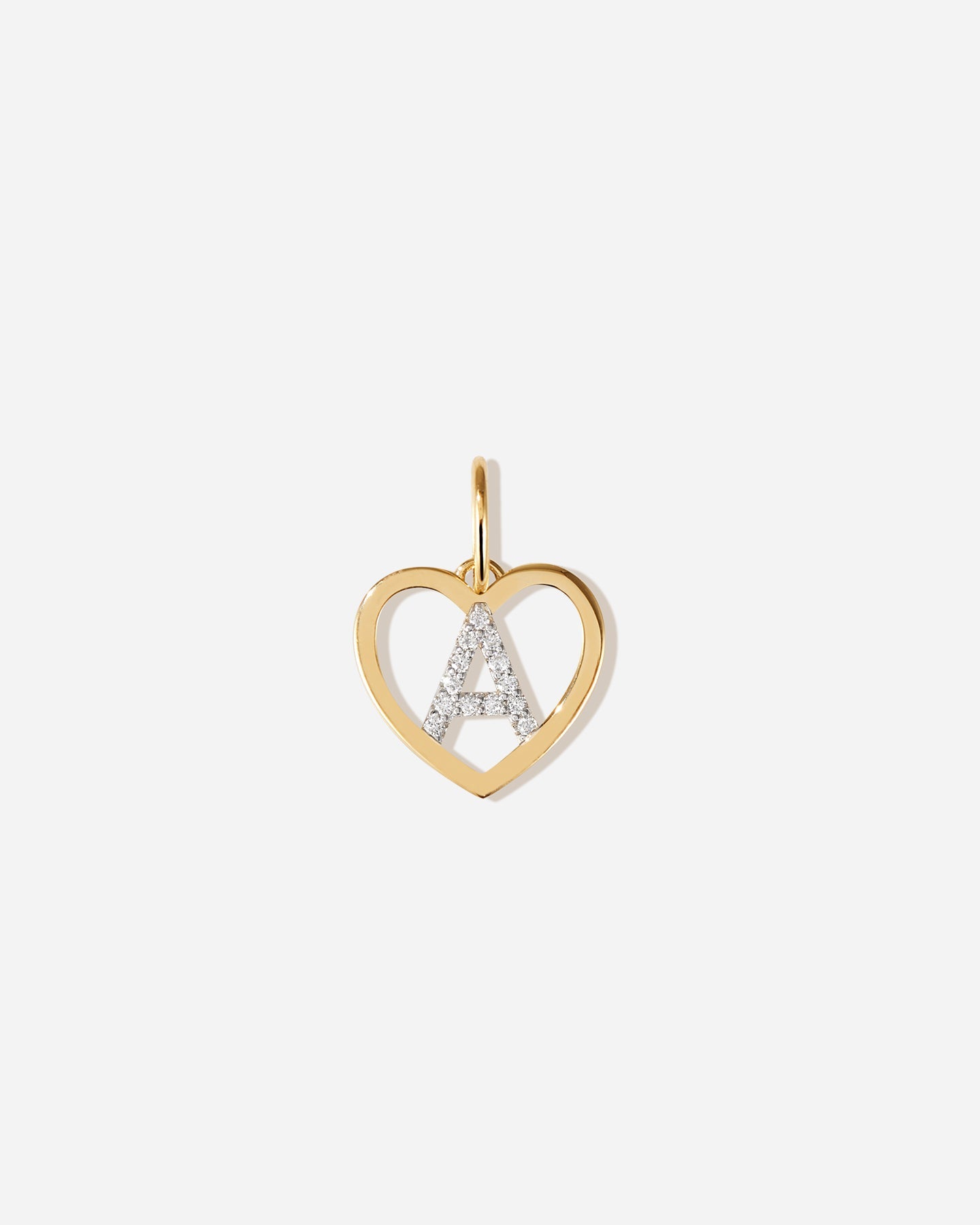
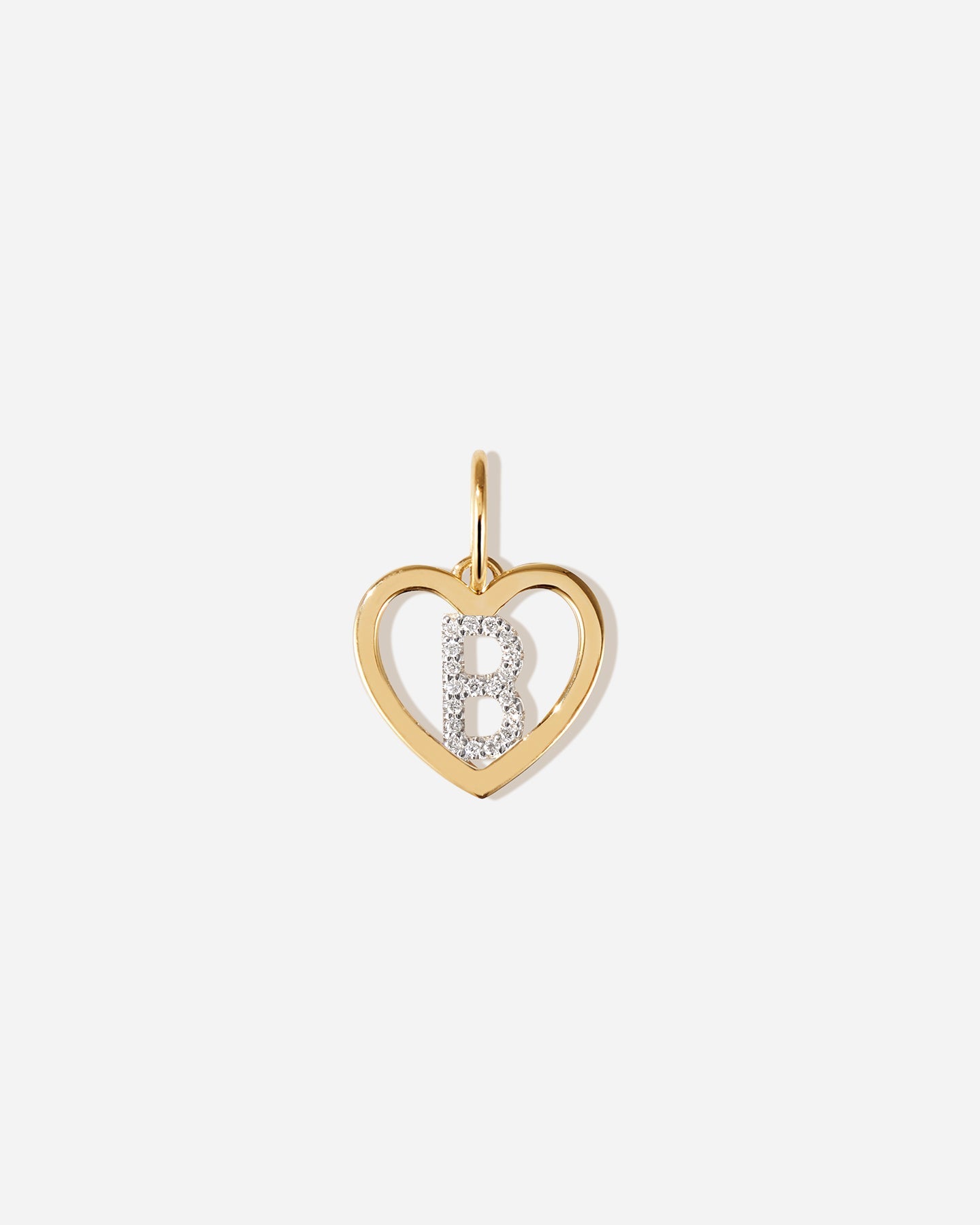

Choose a letter:



Choose a letter:
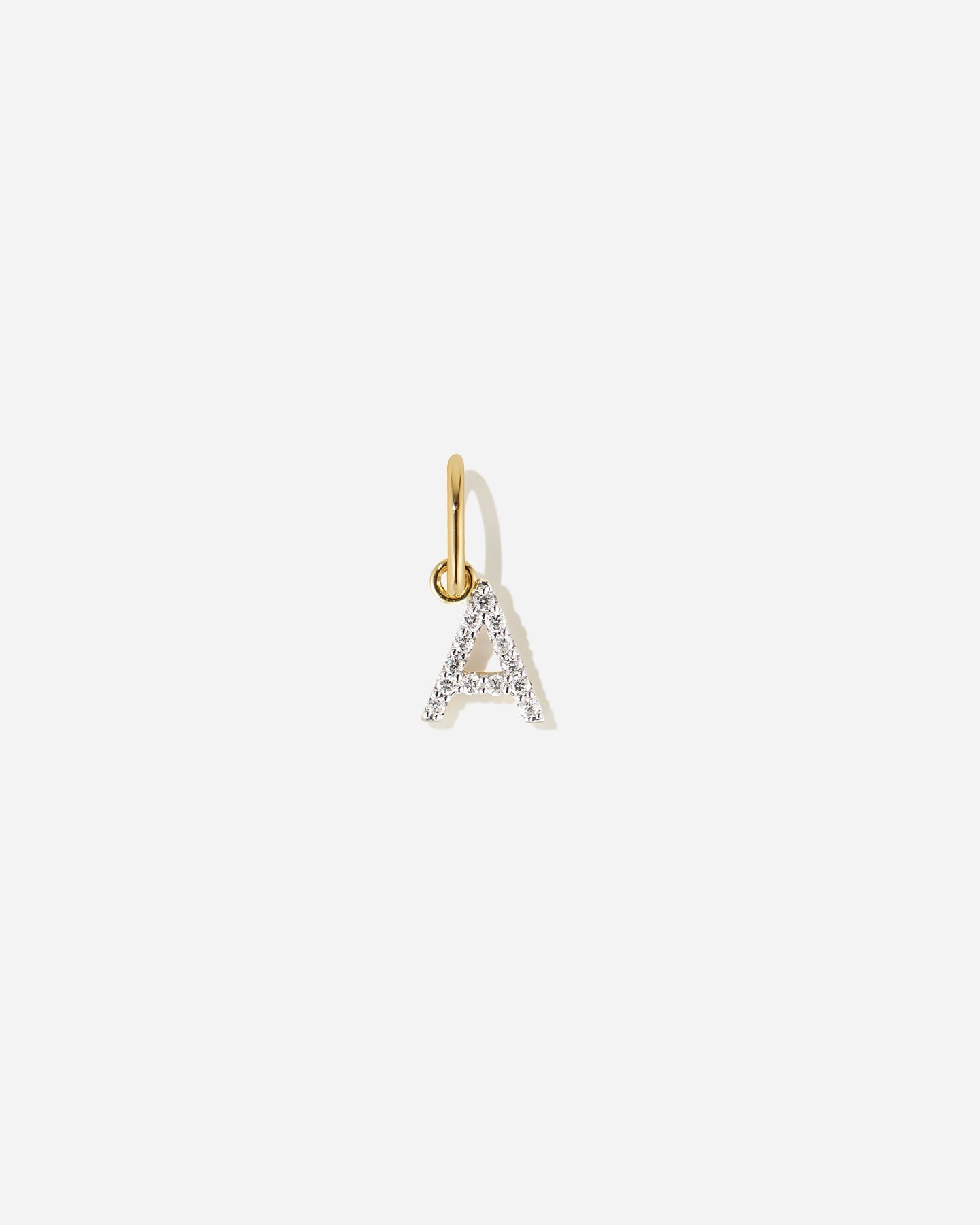
Choose a letter:
